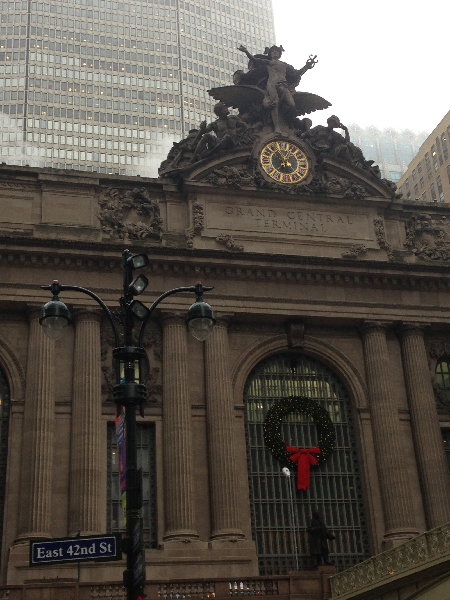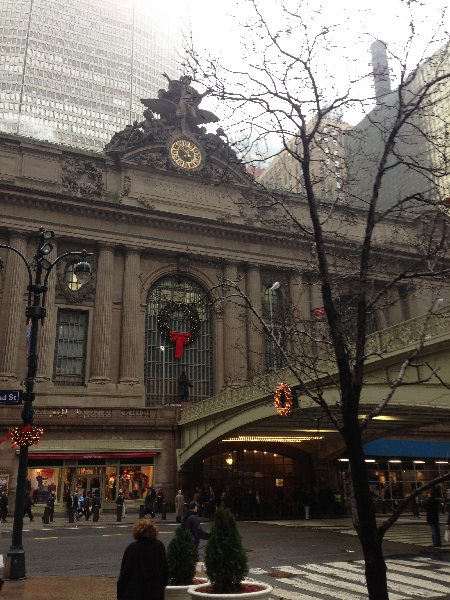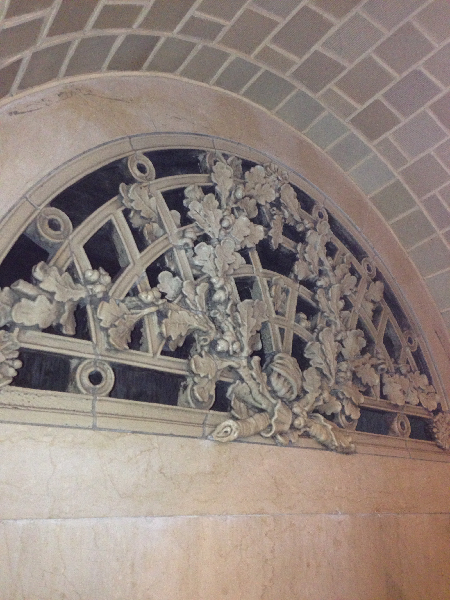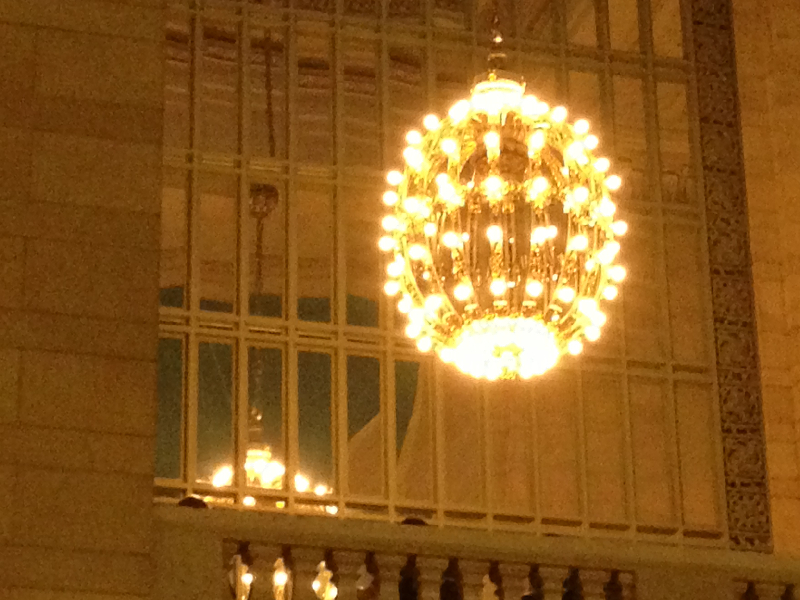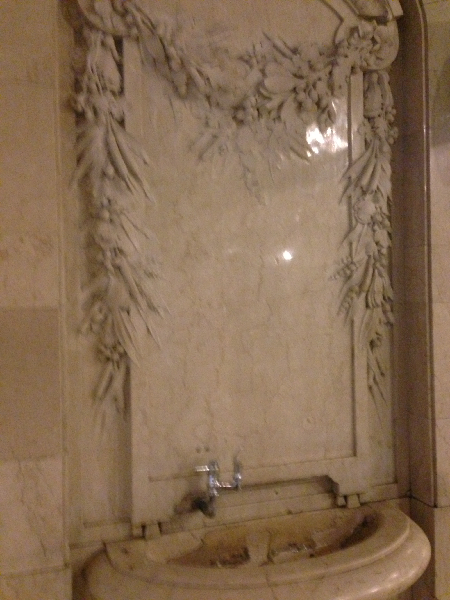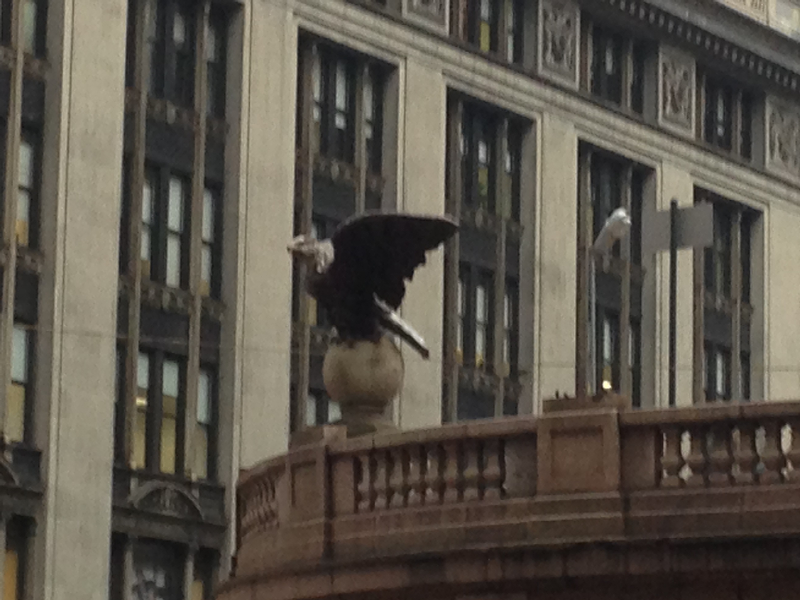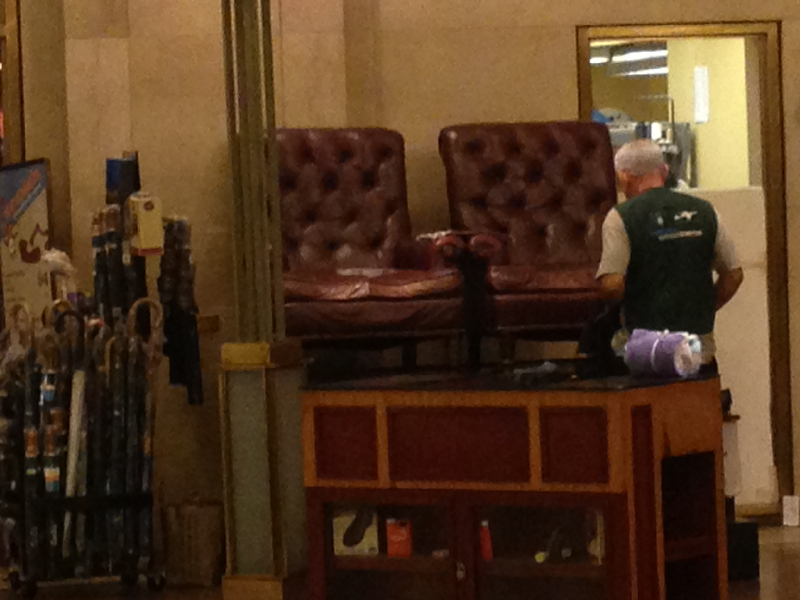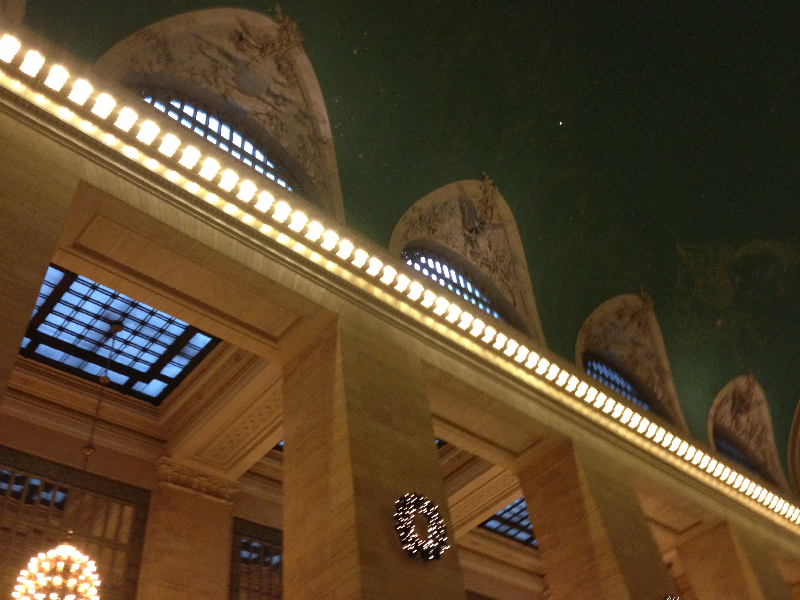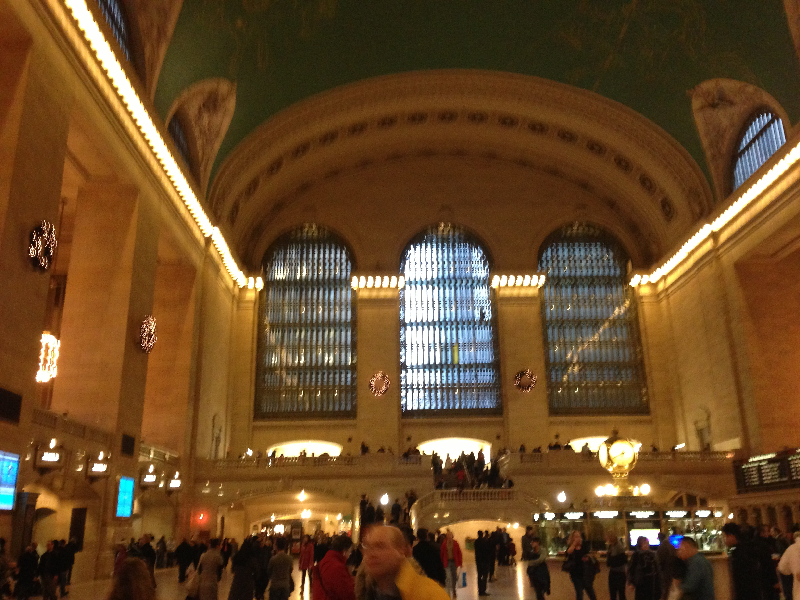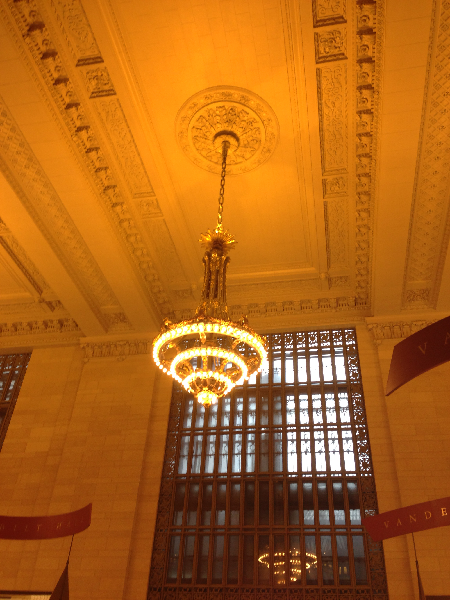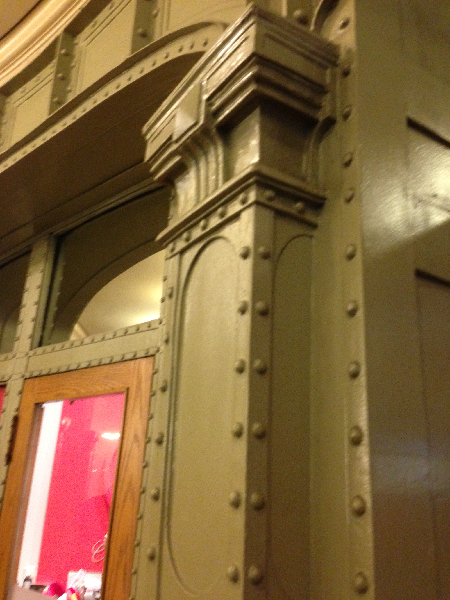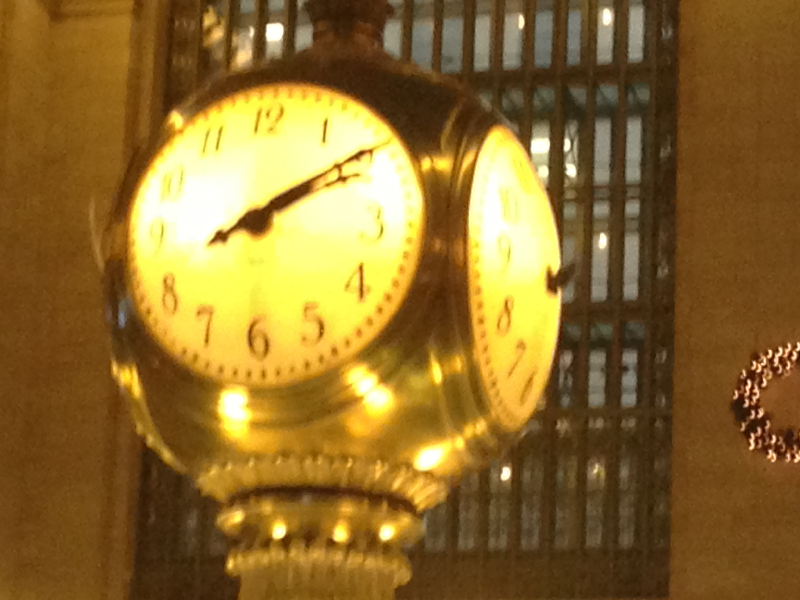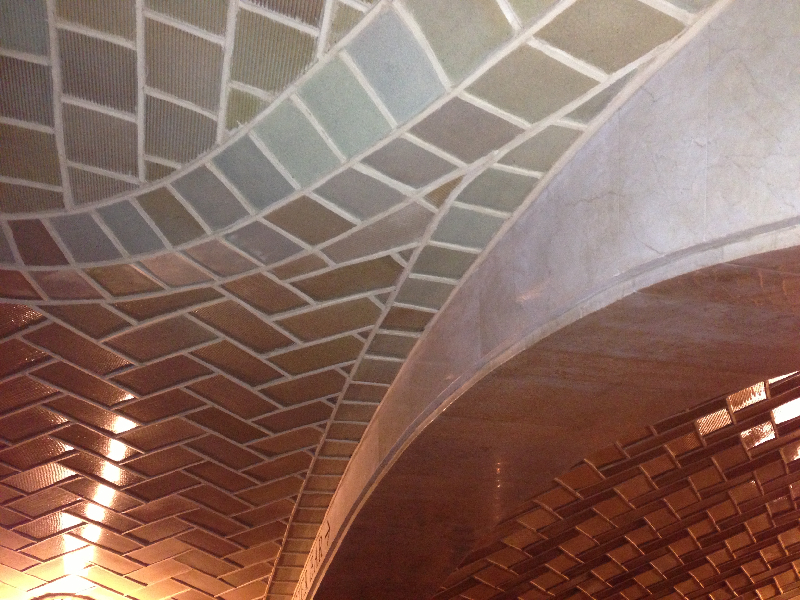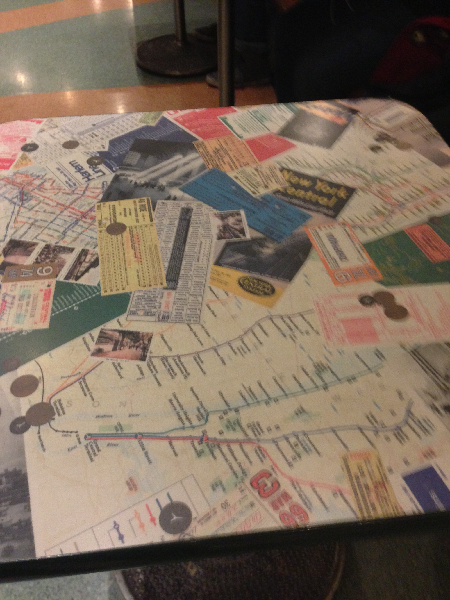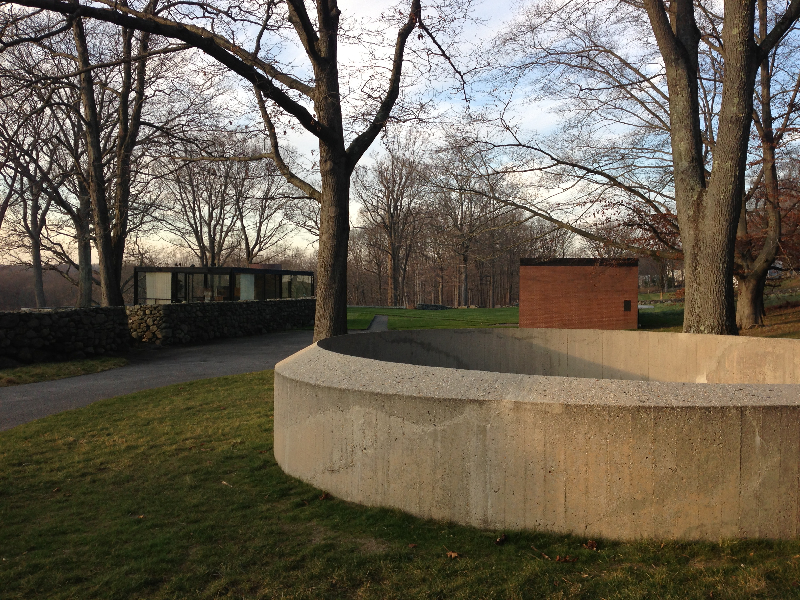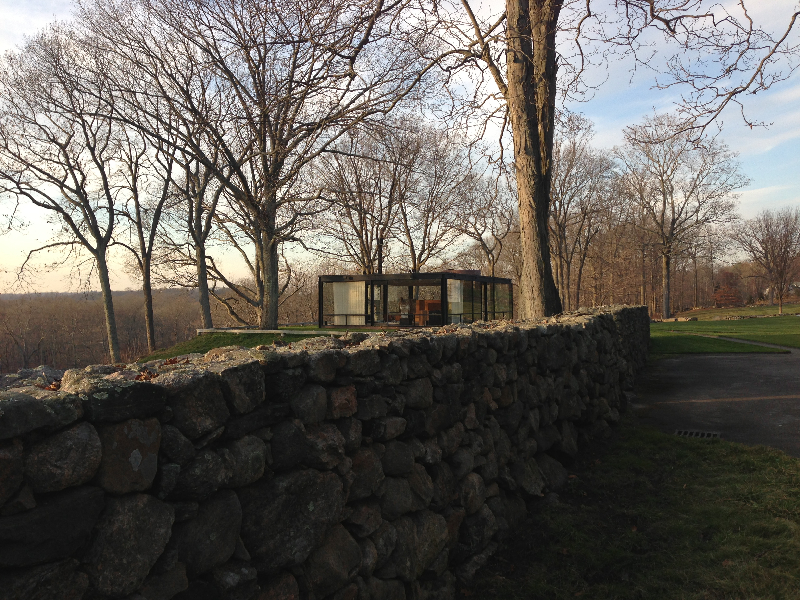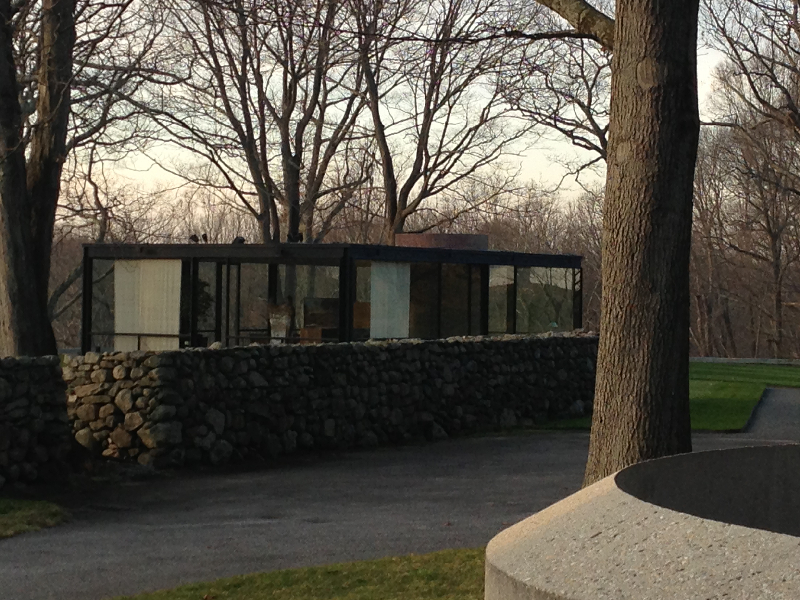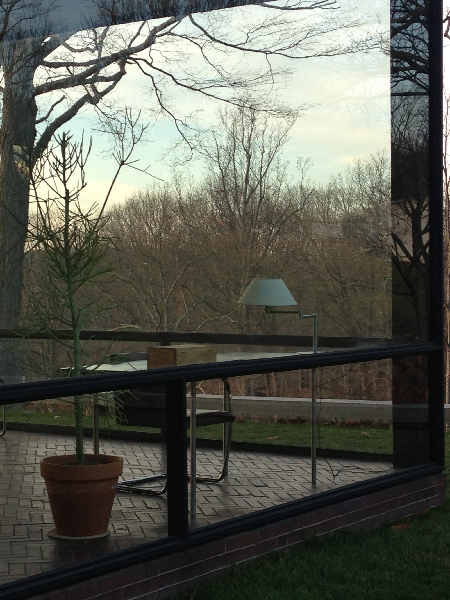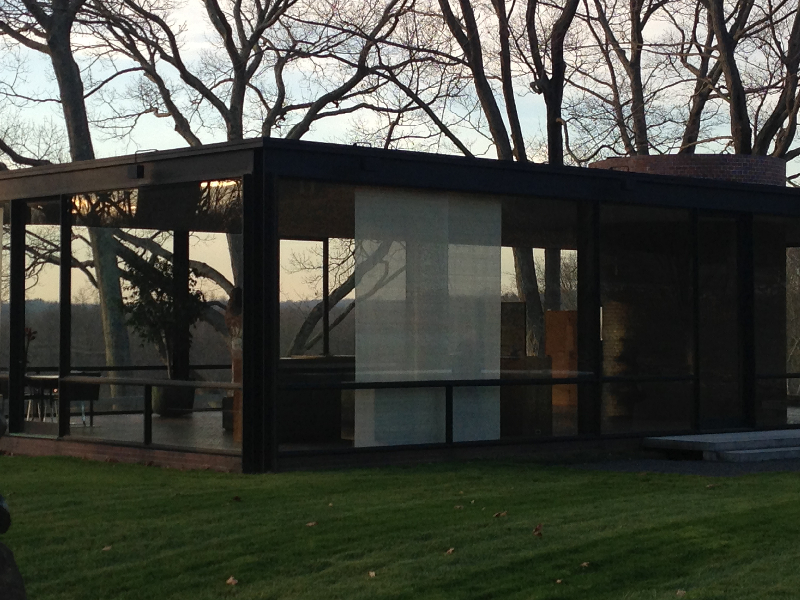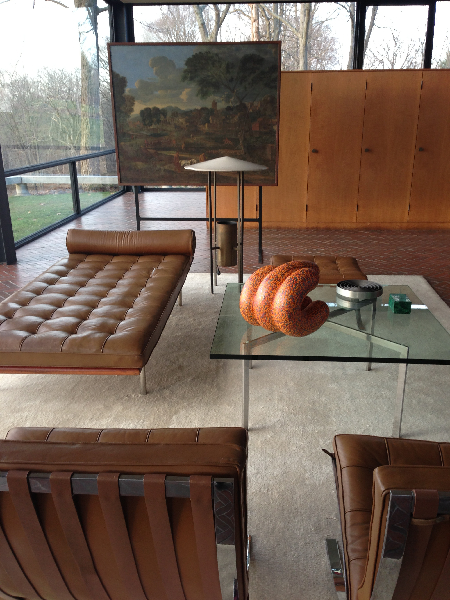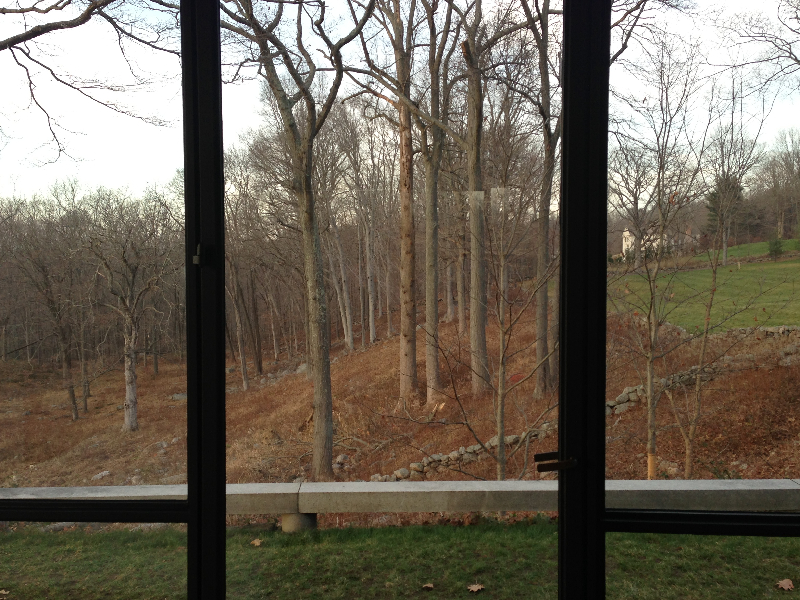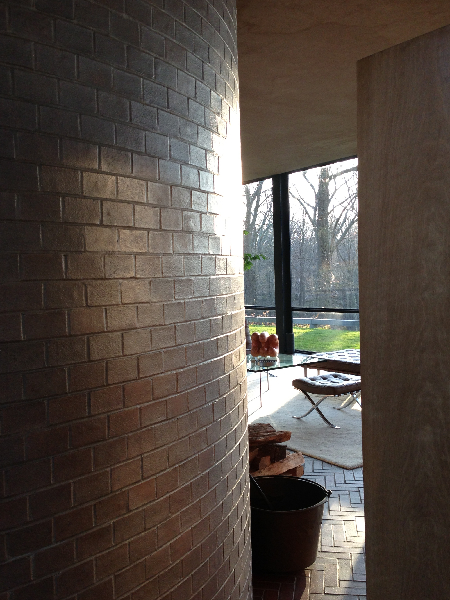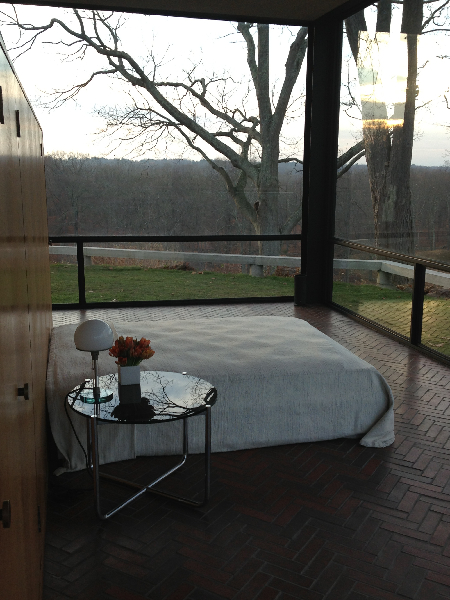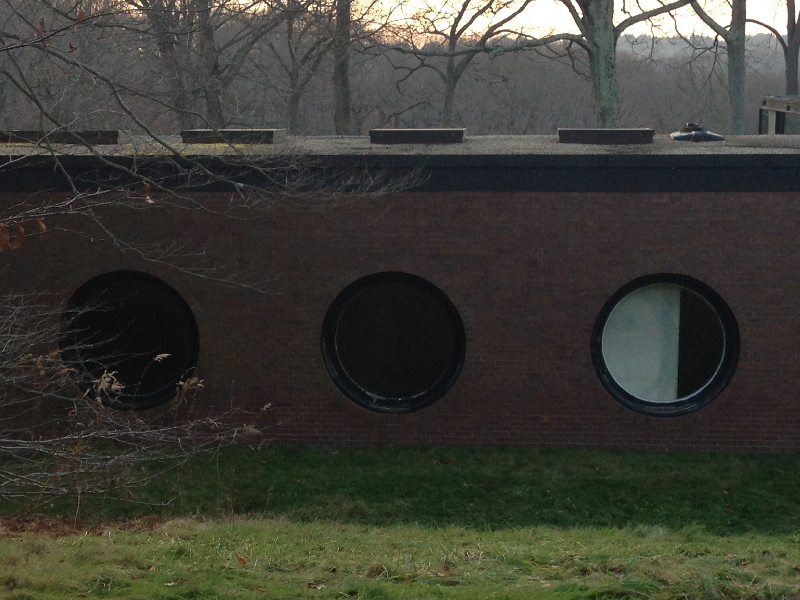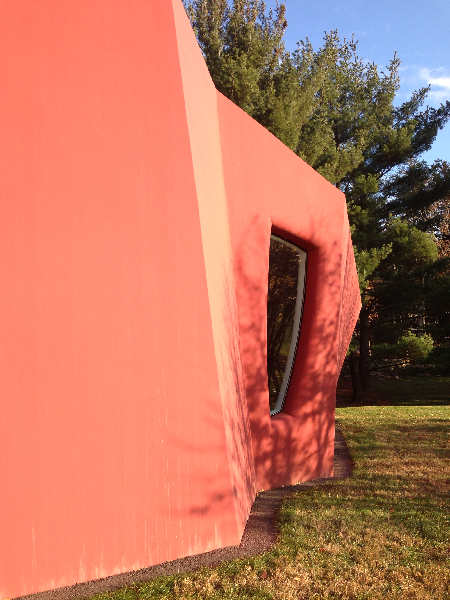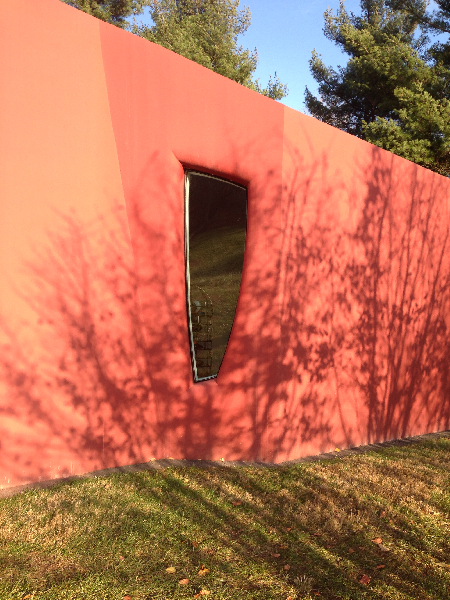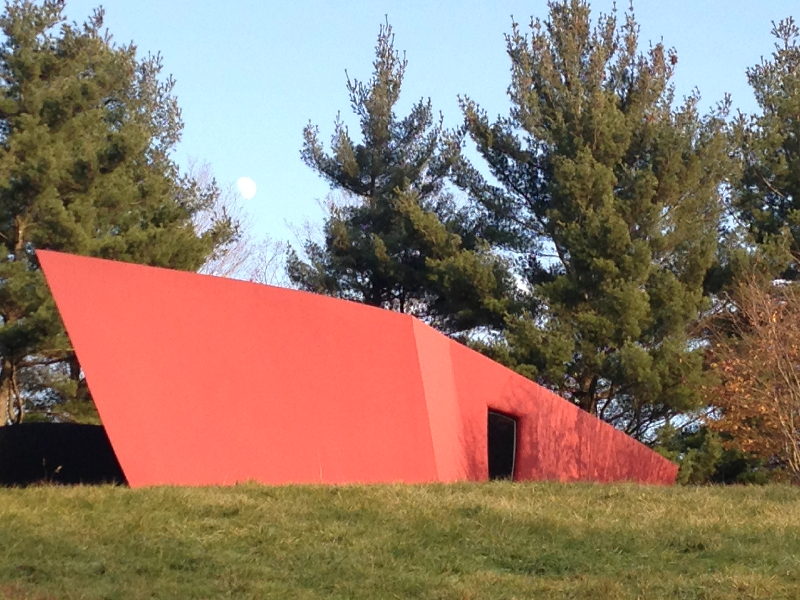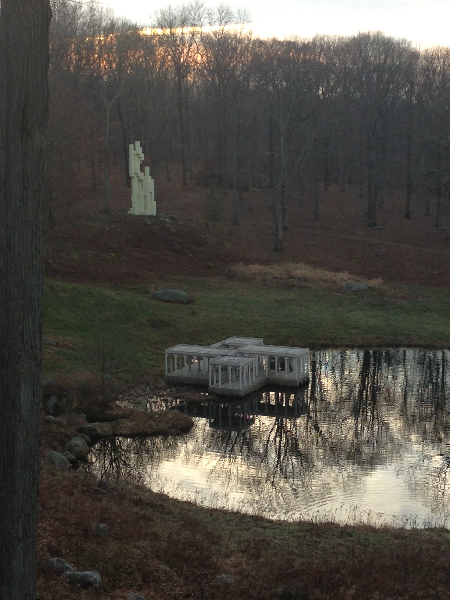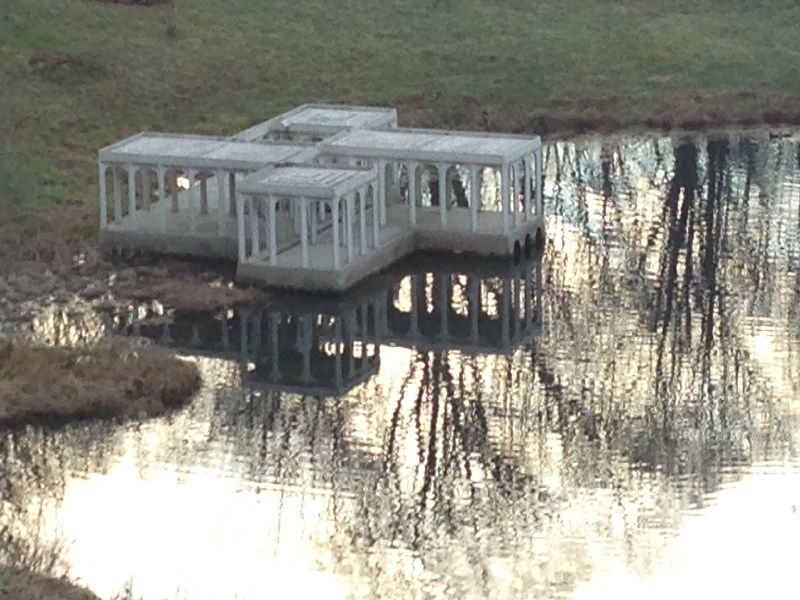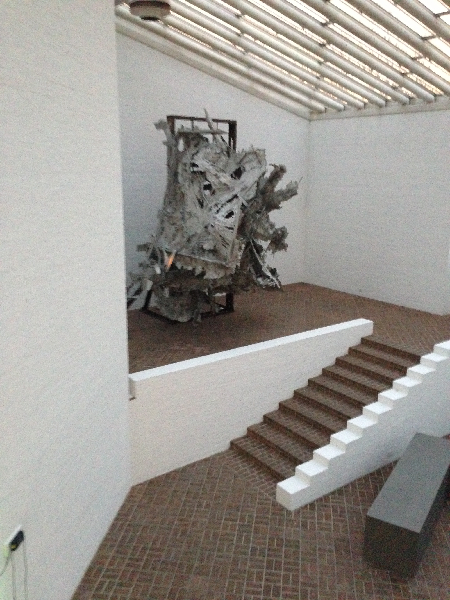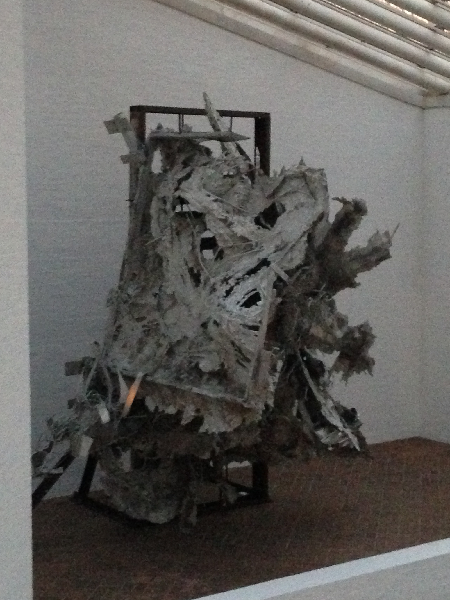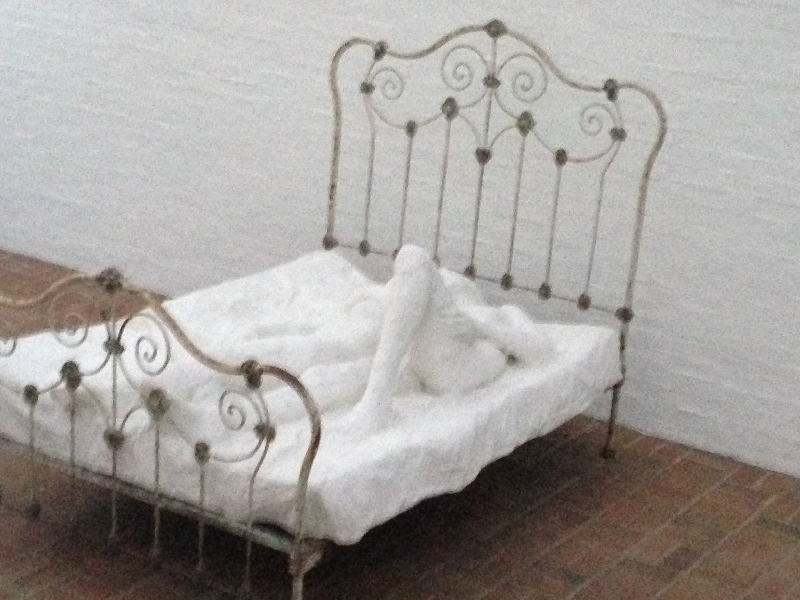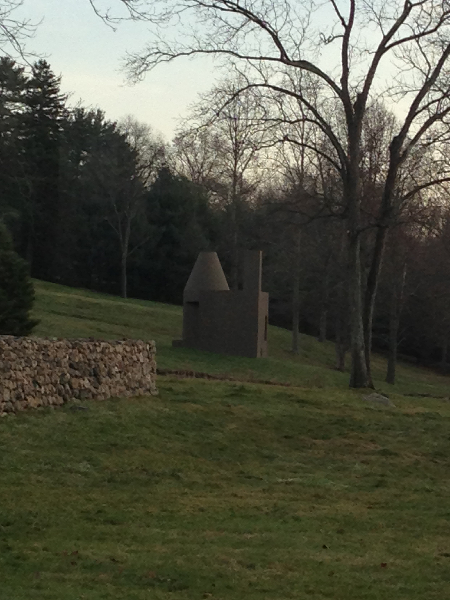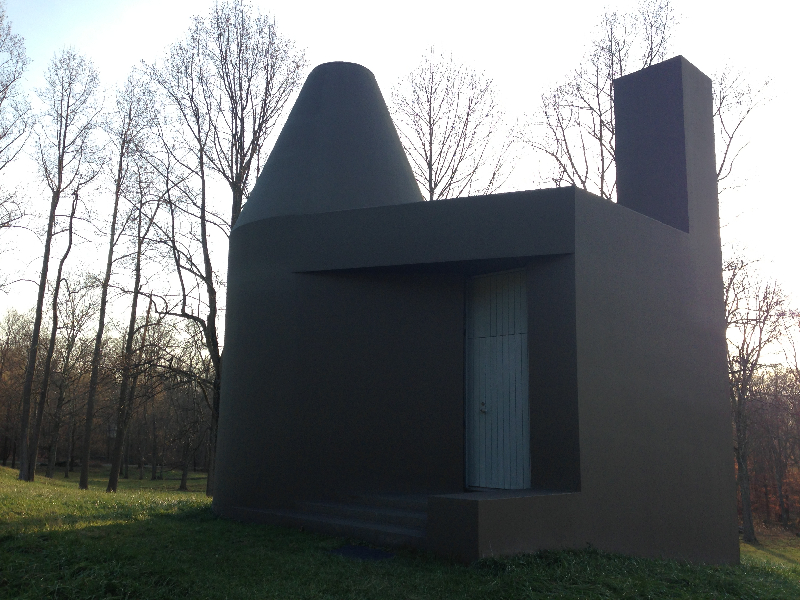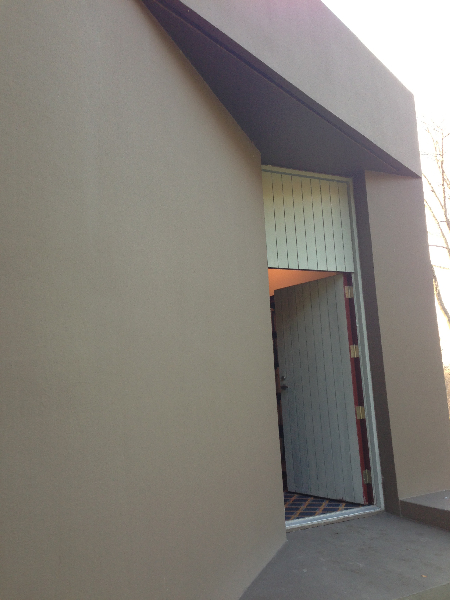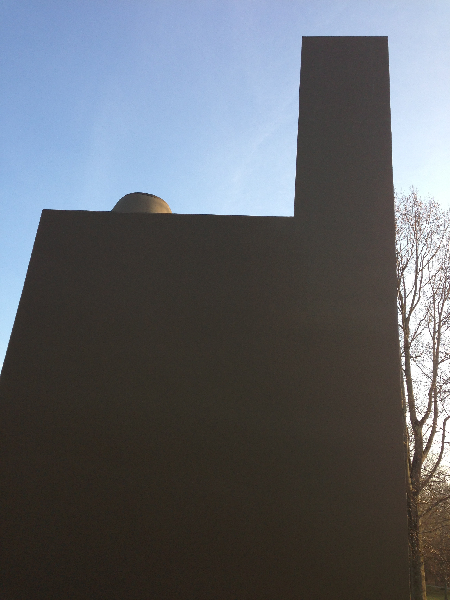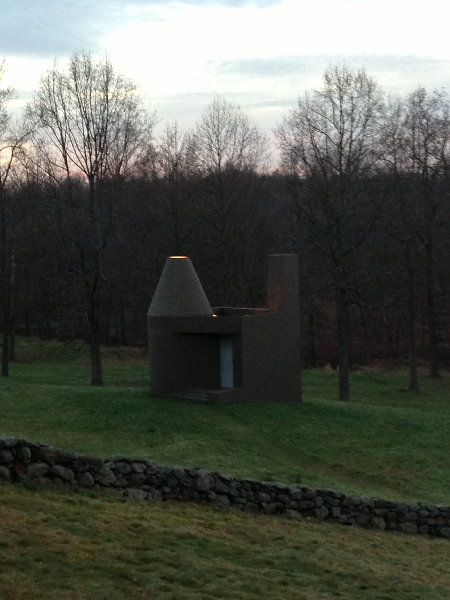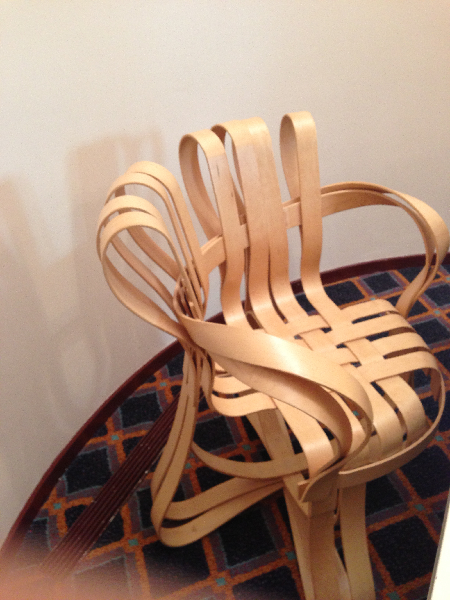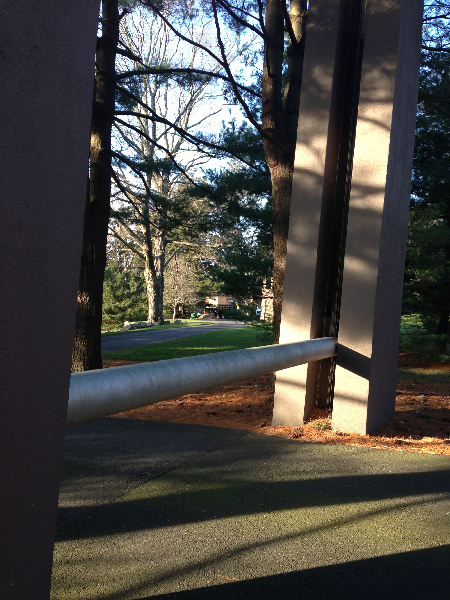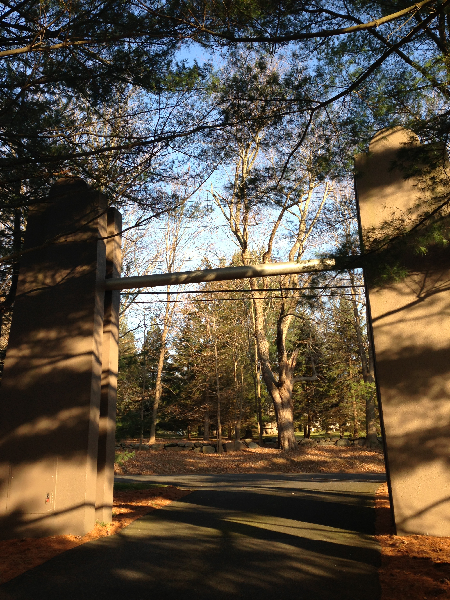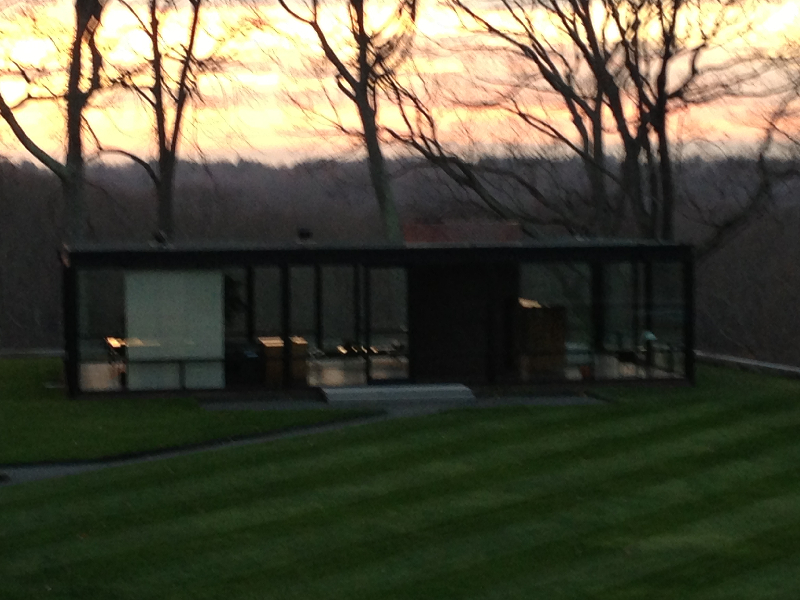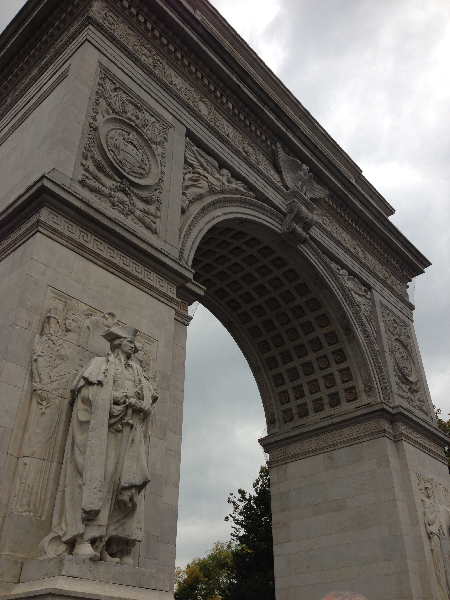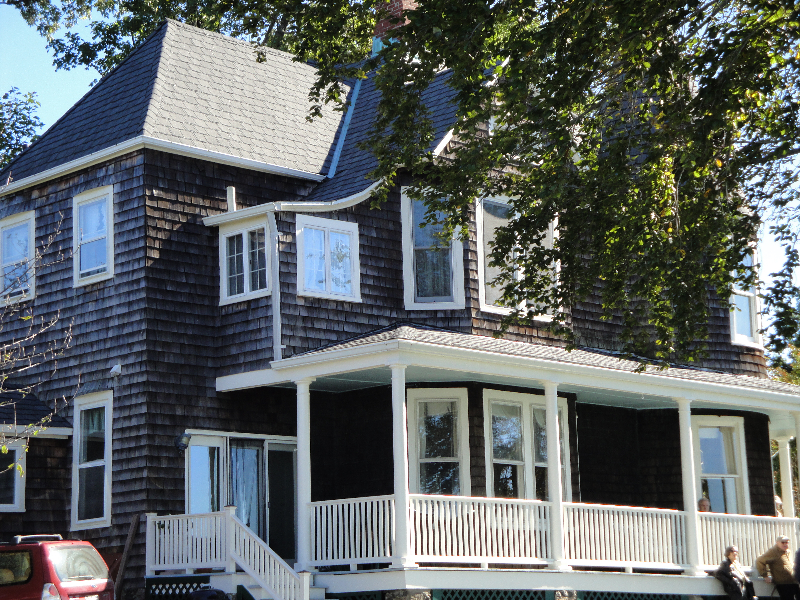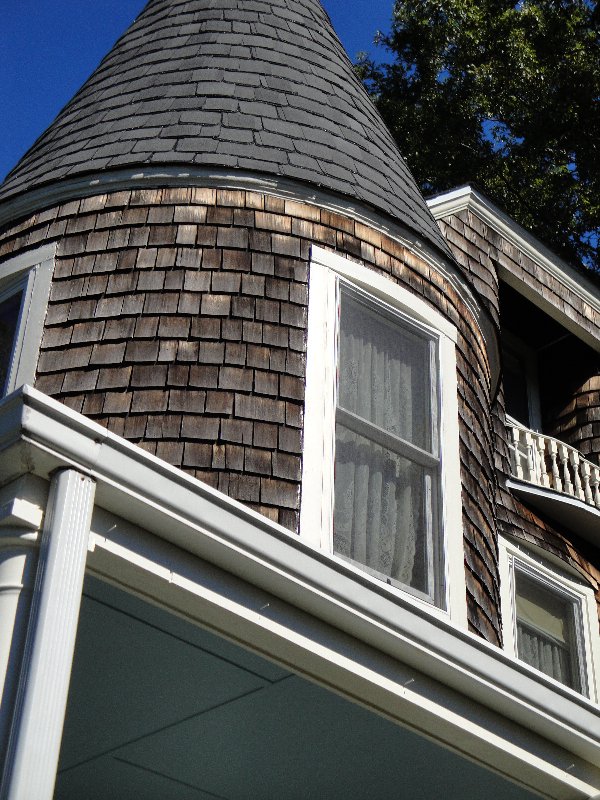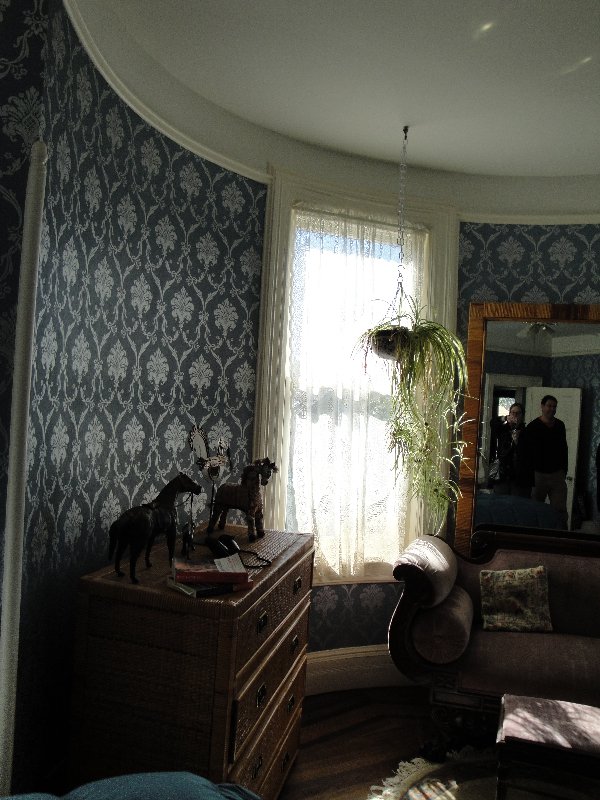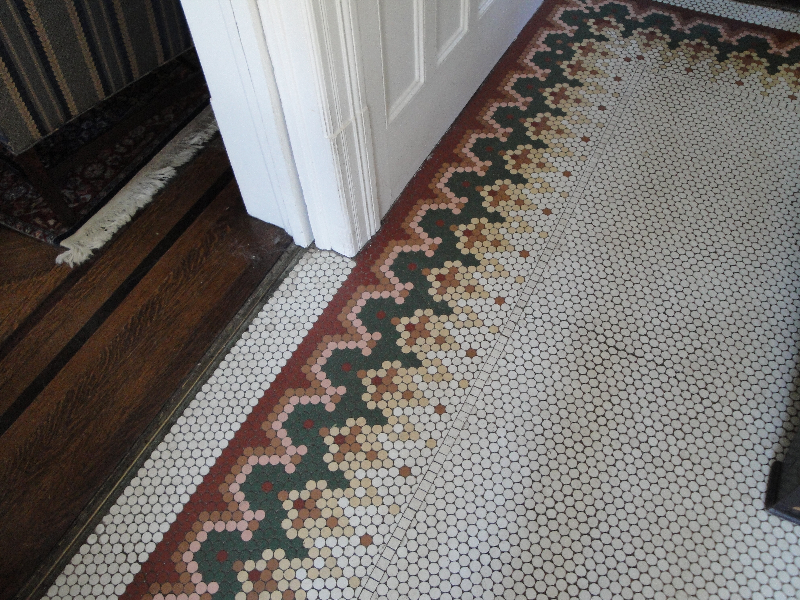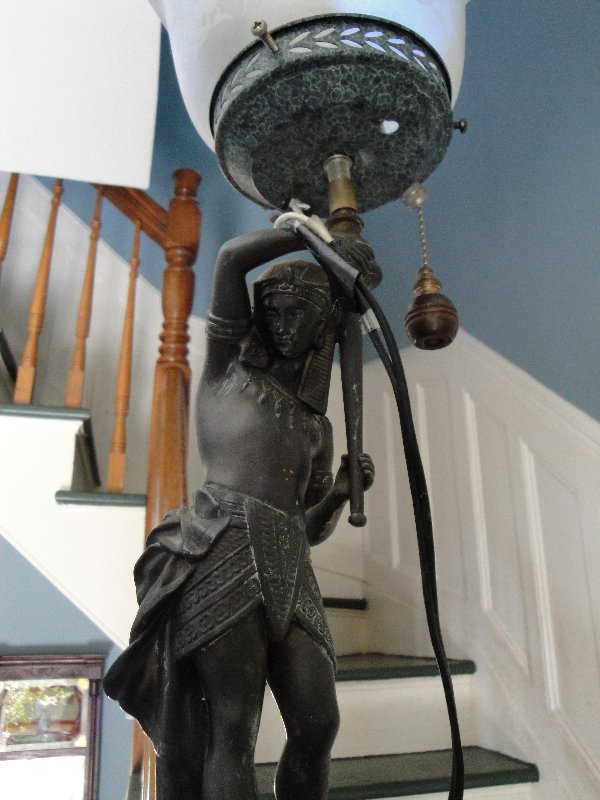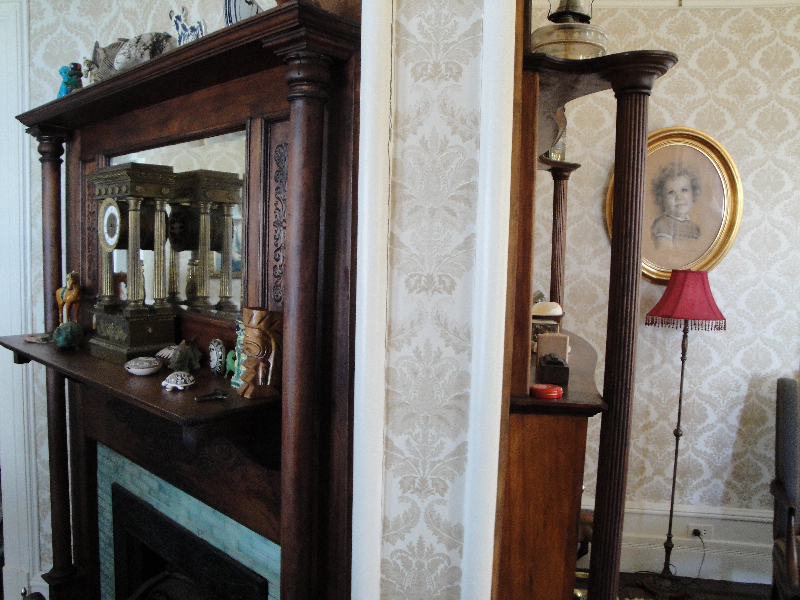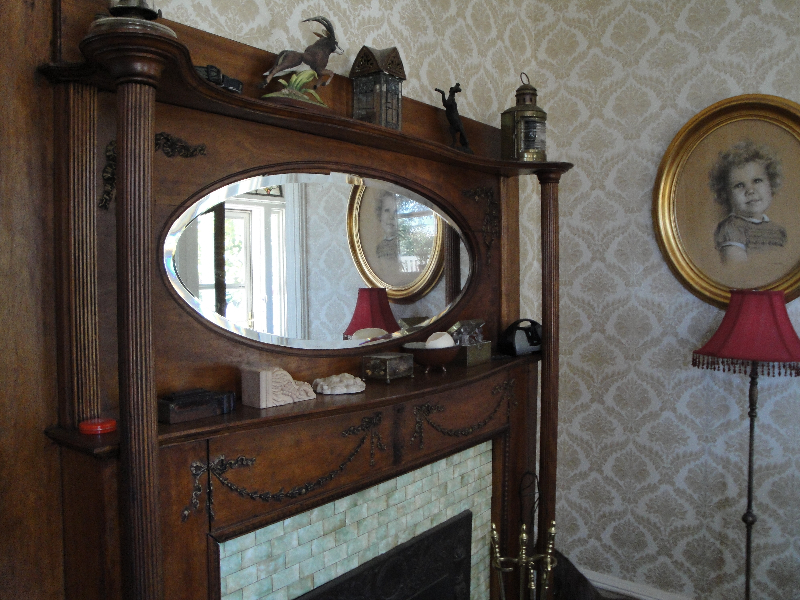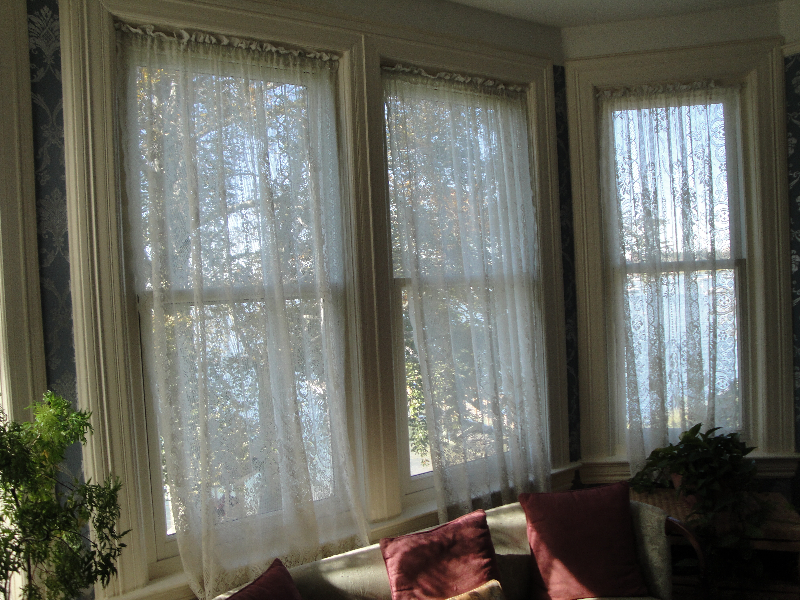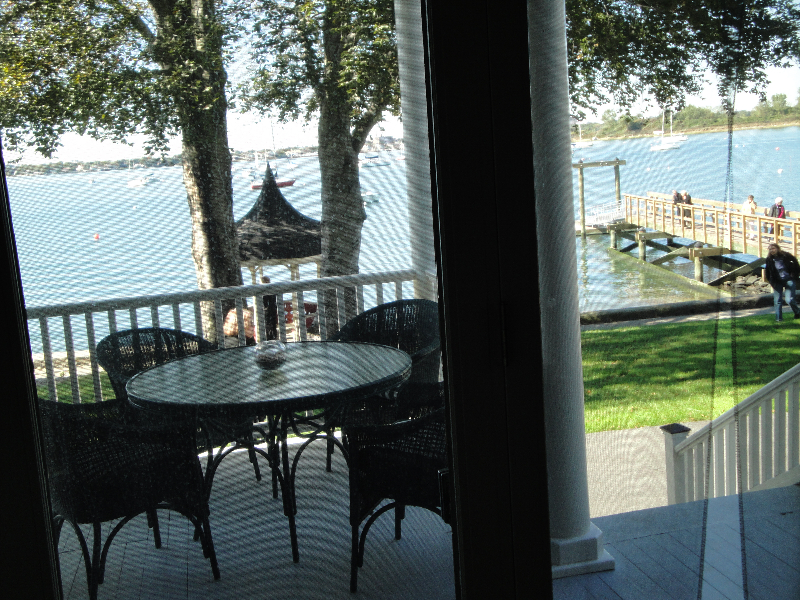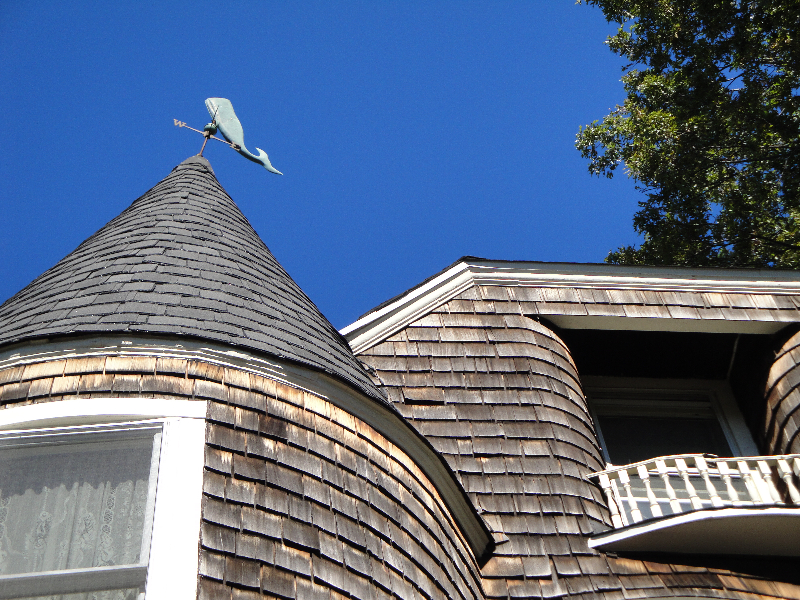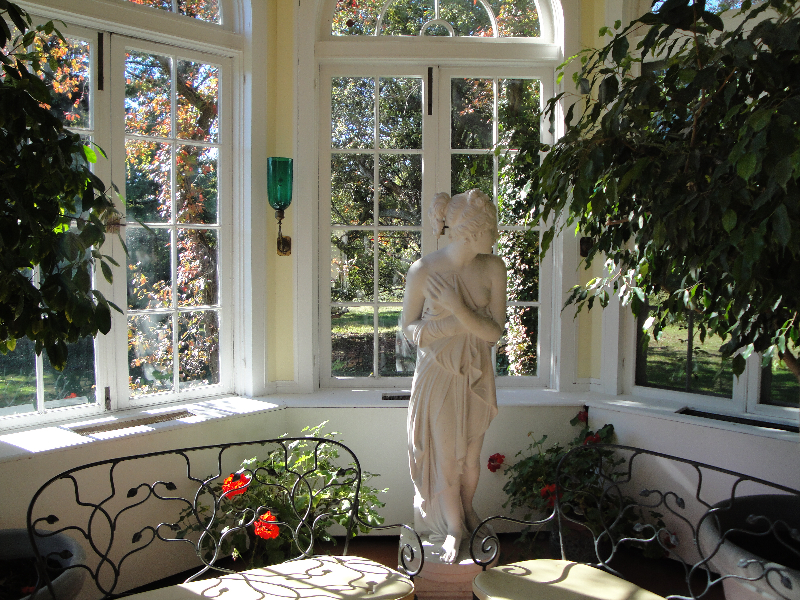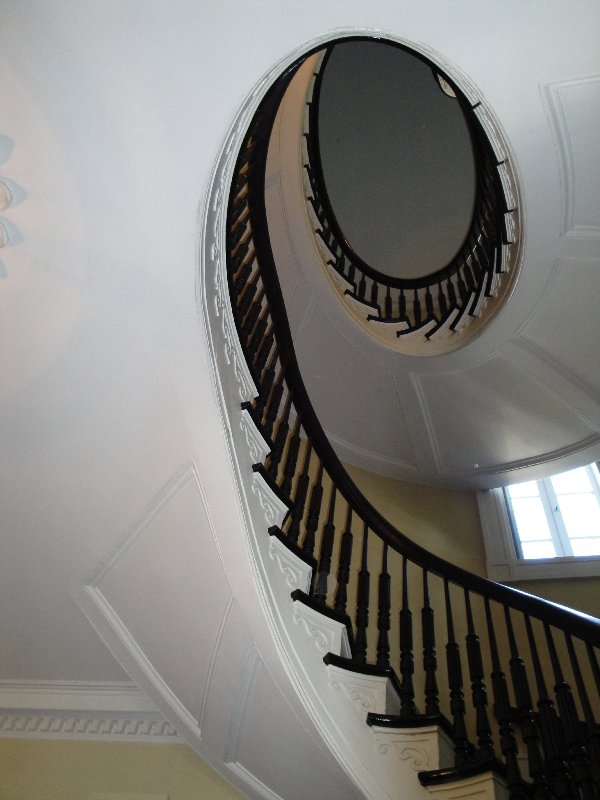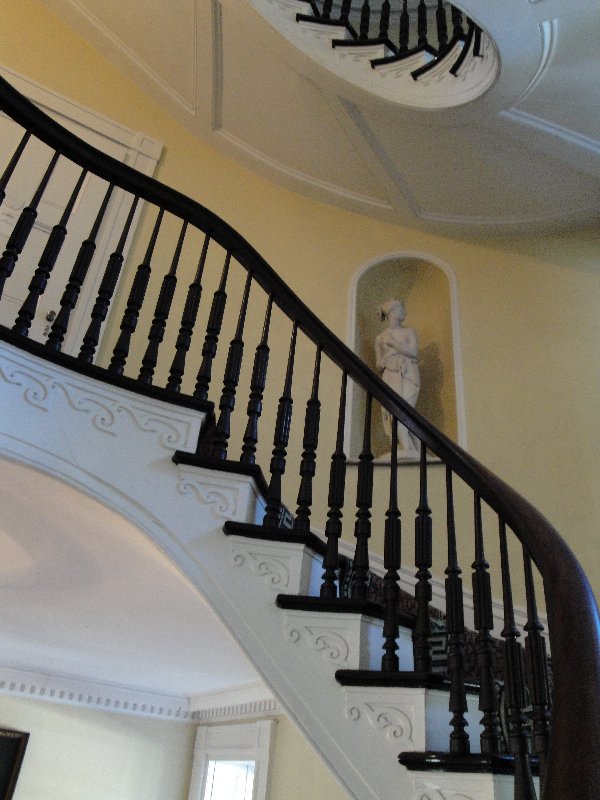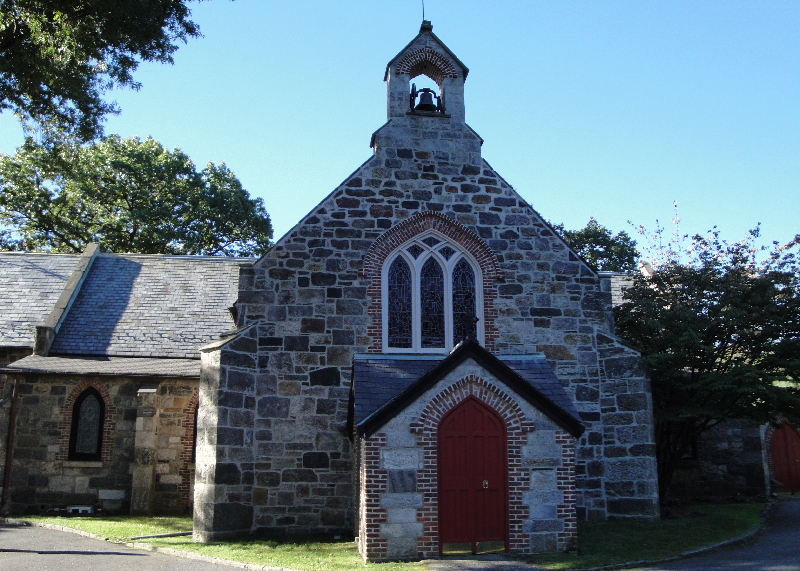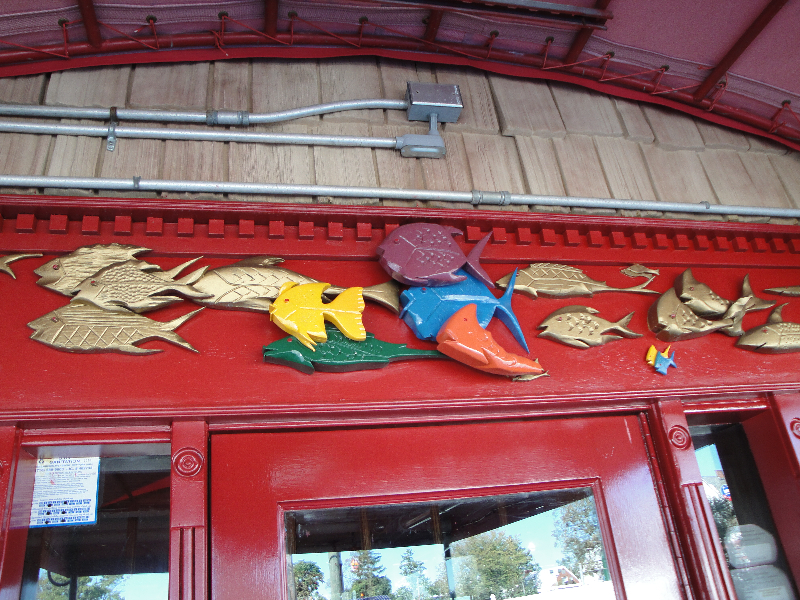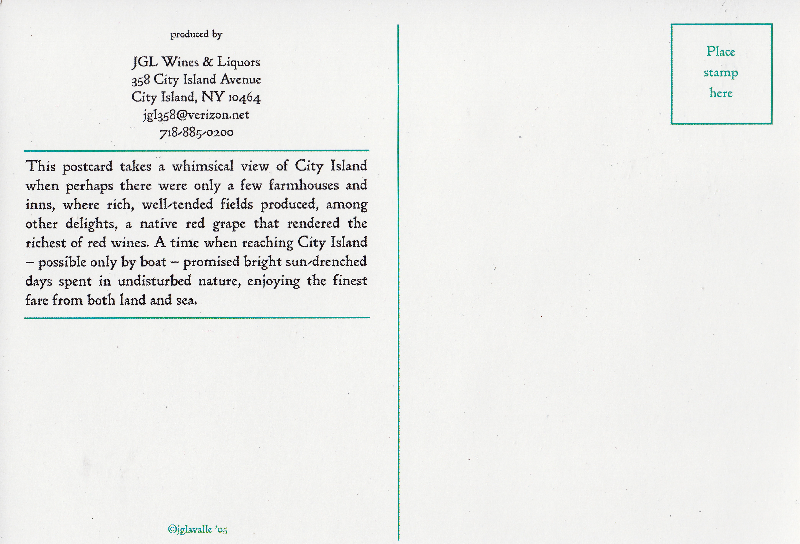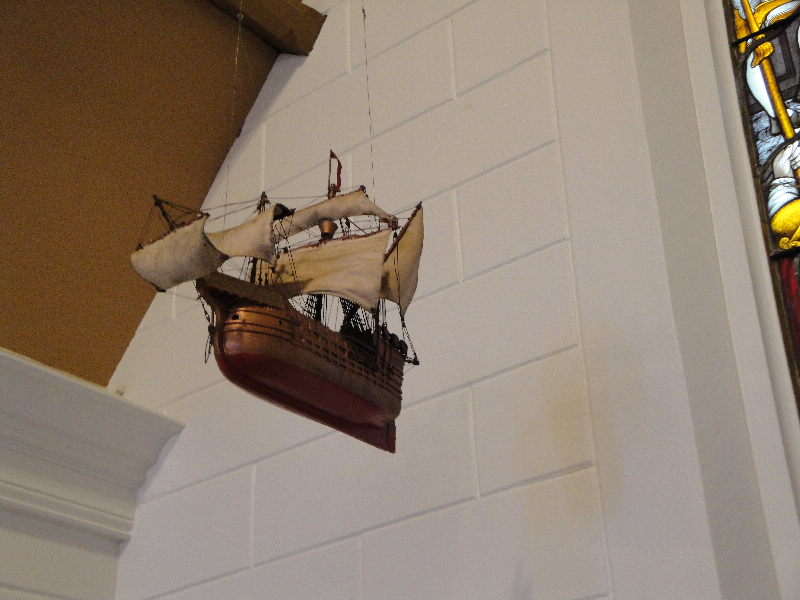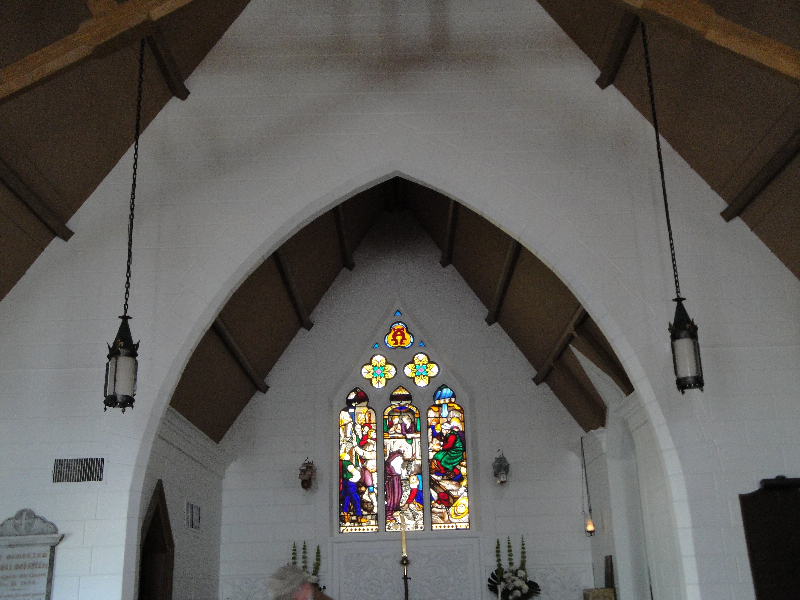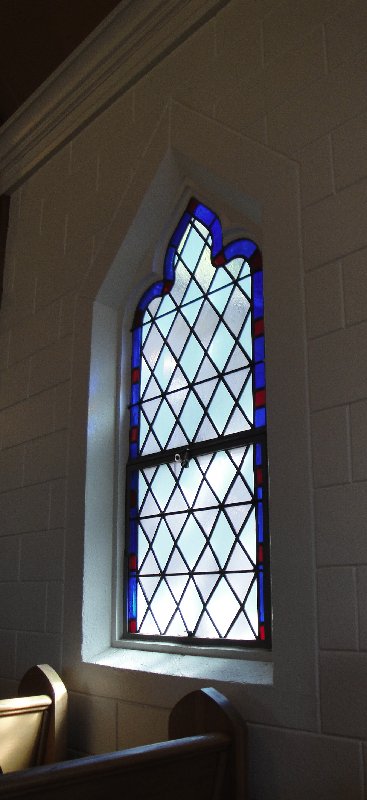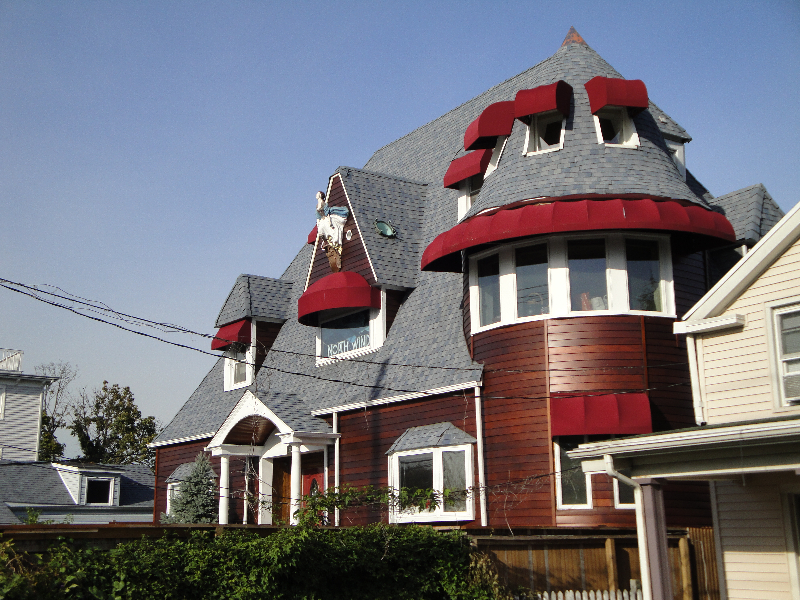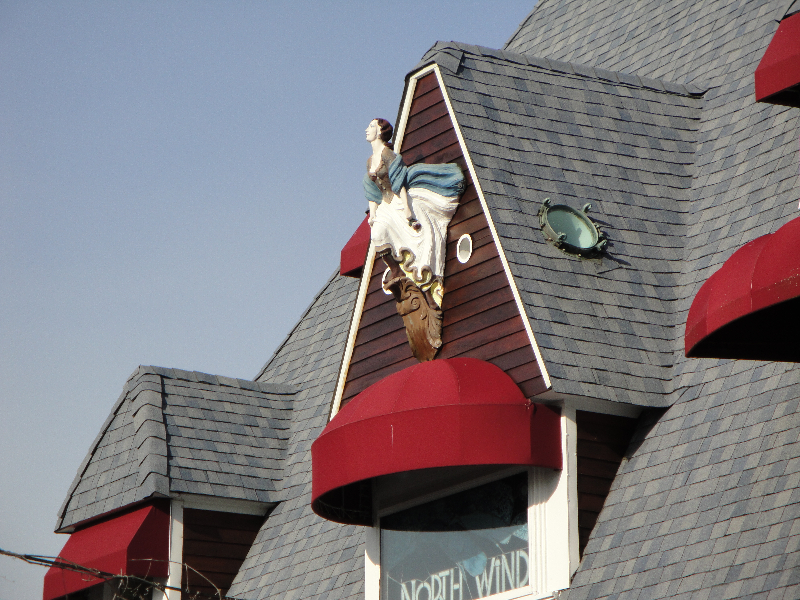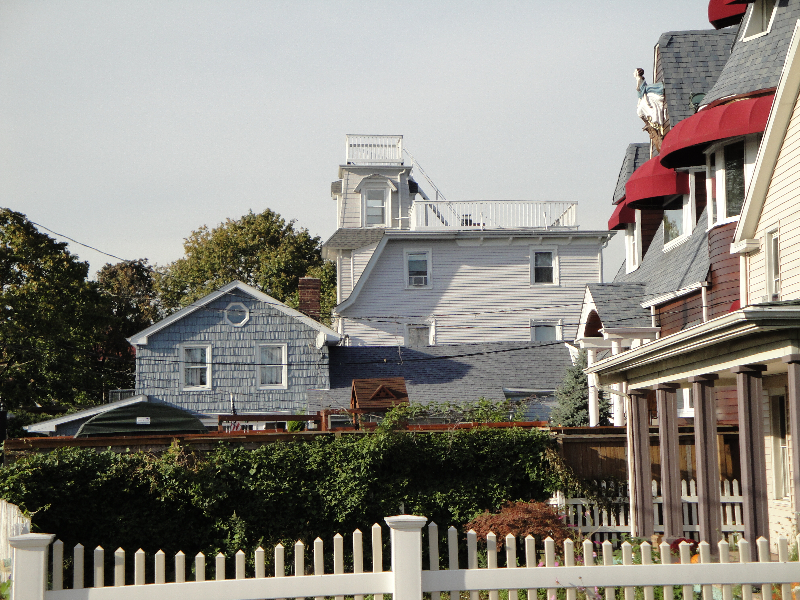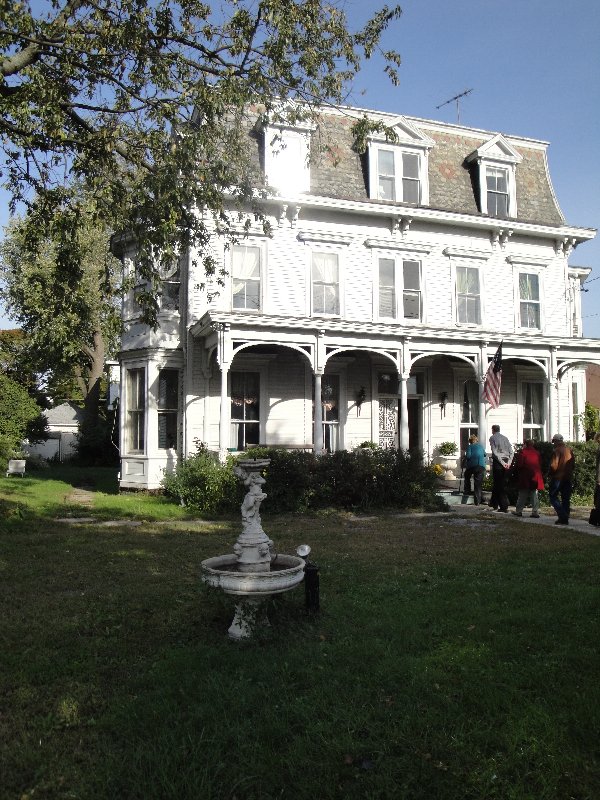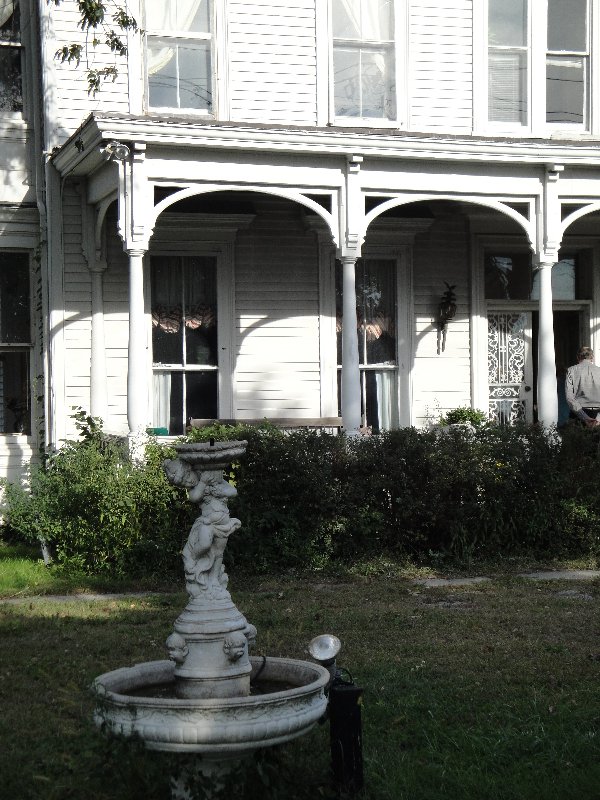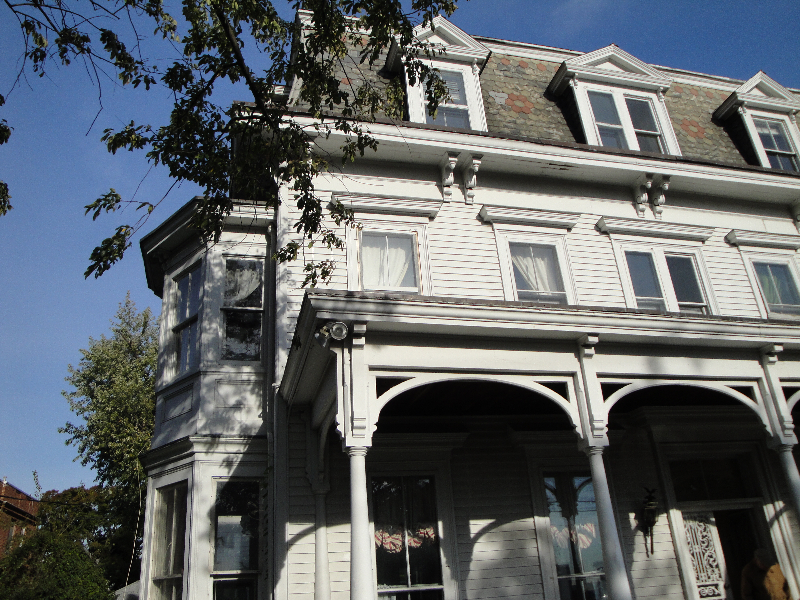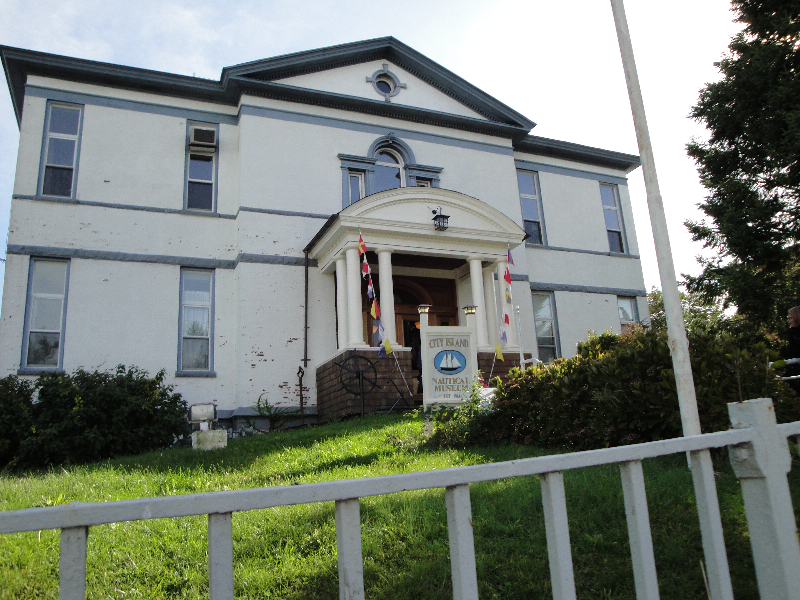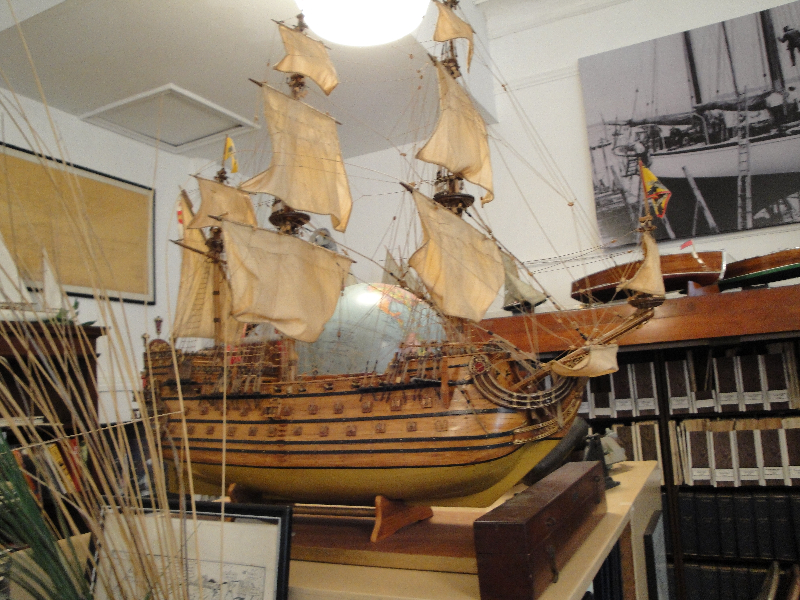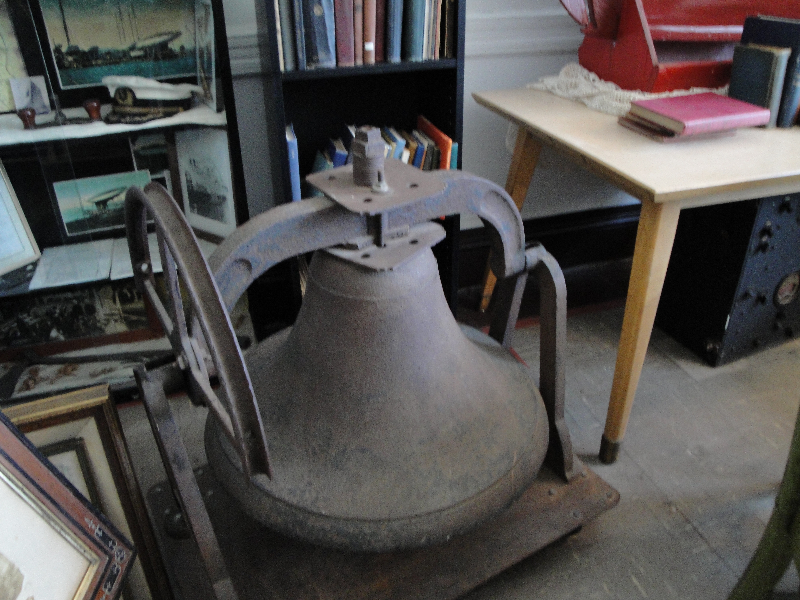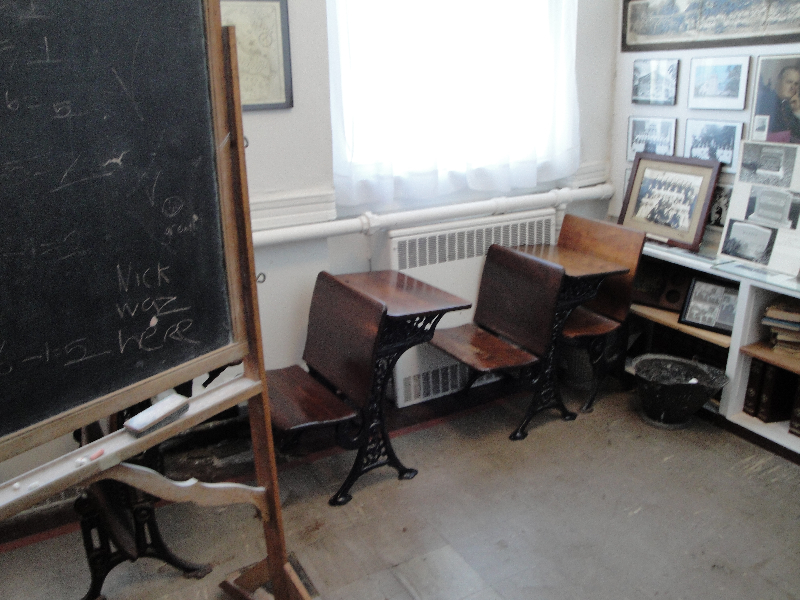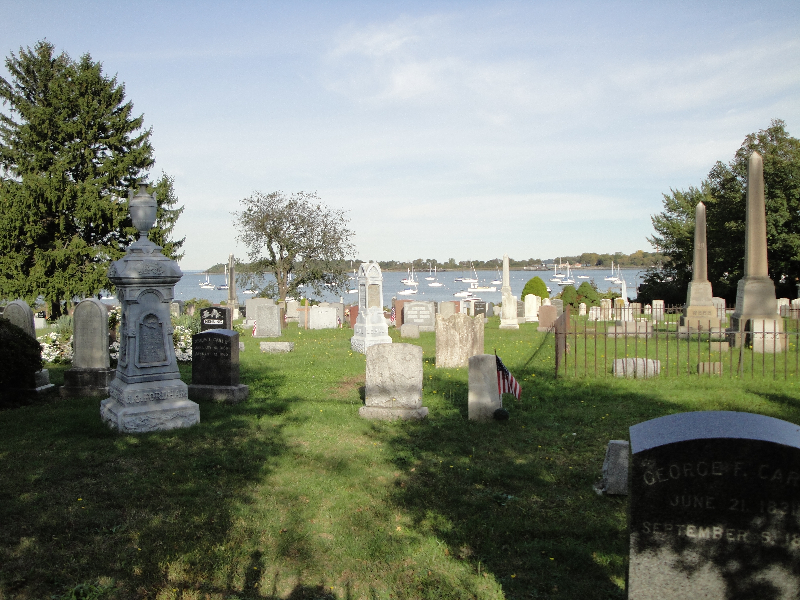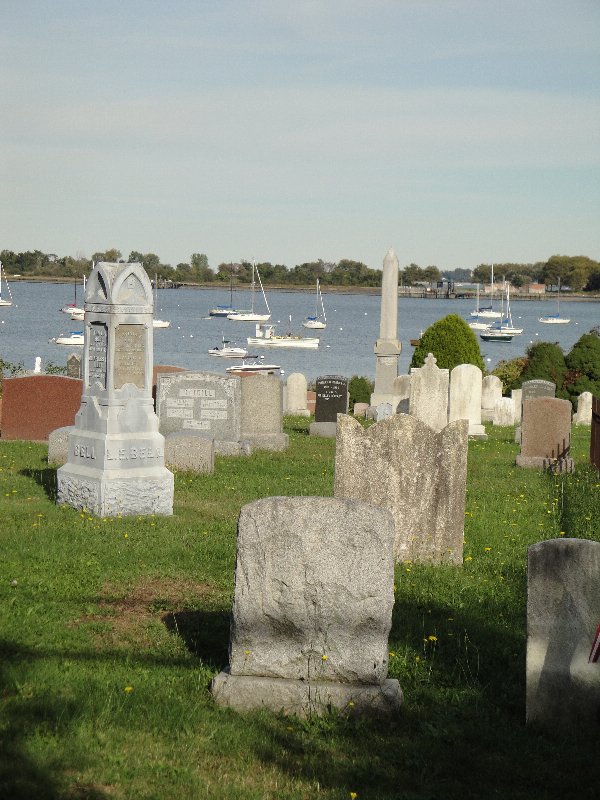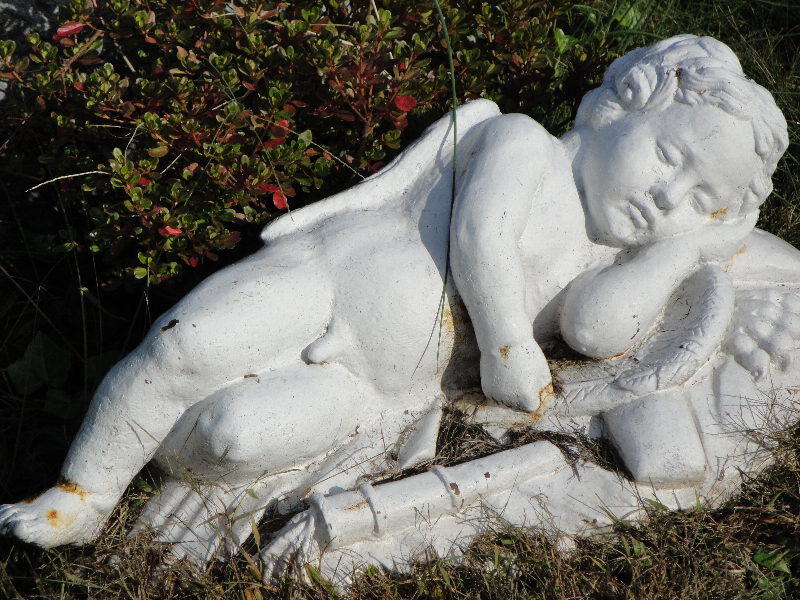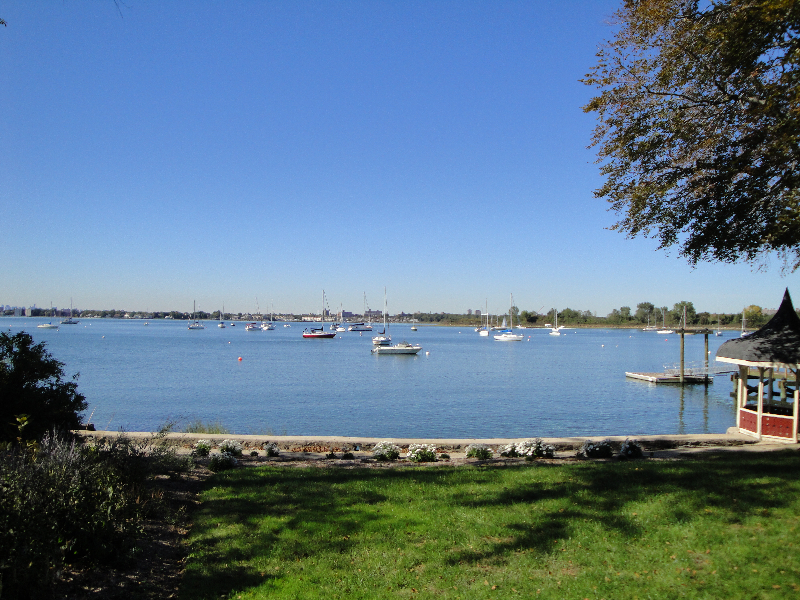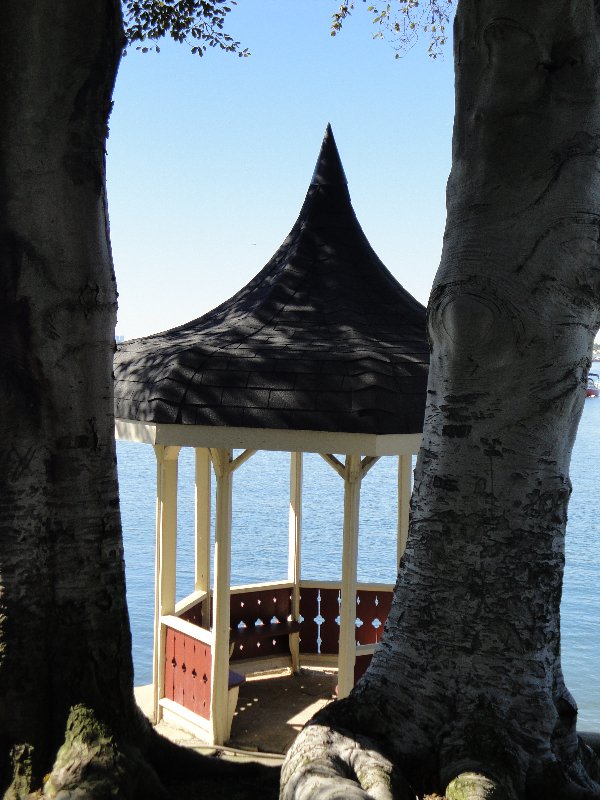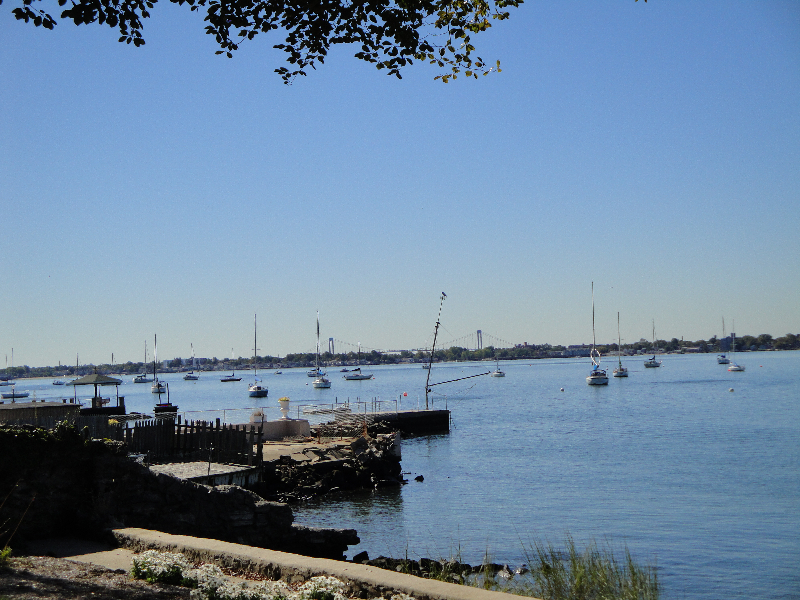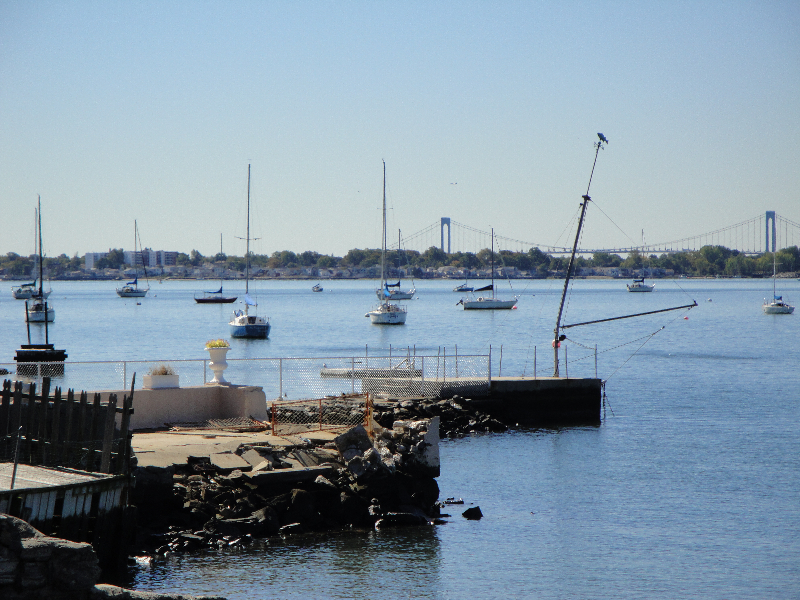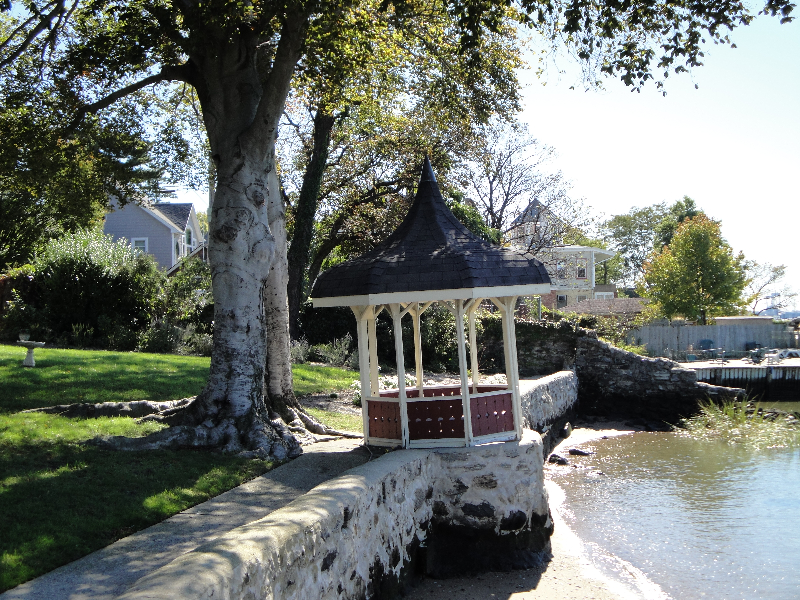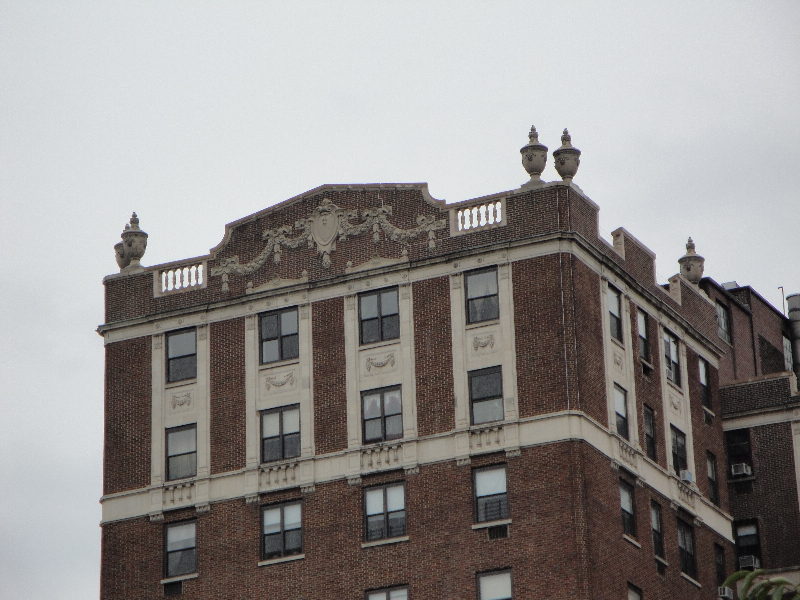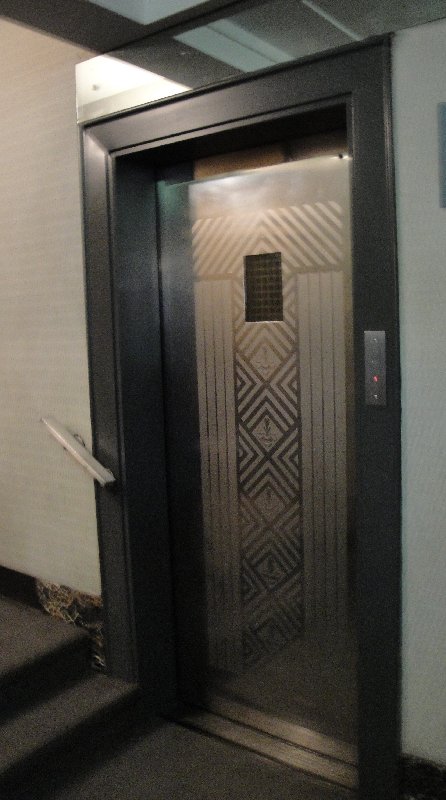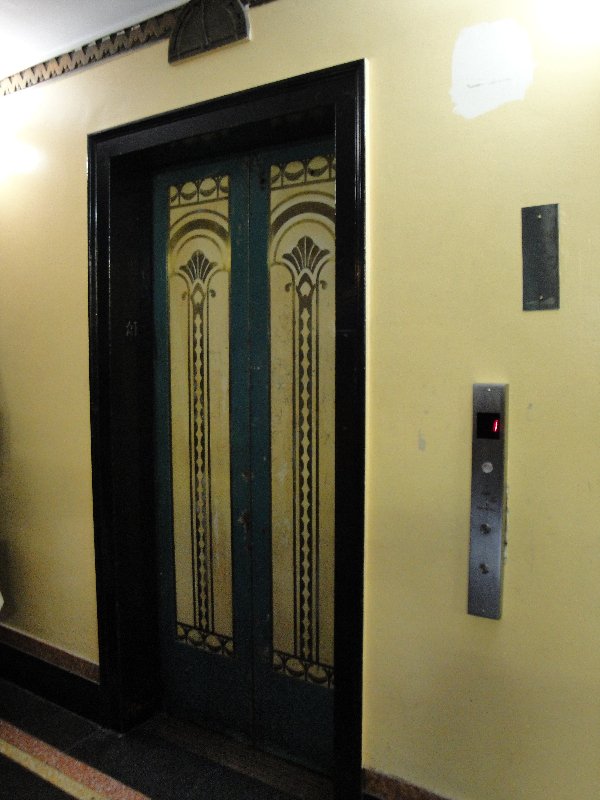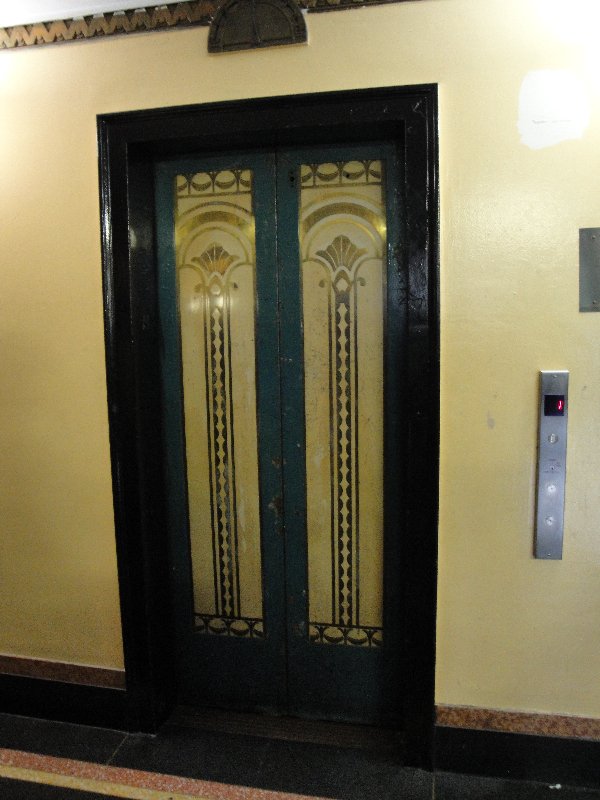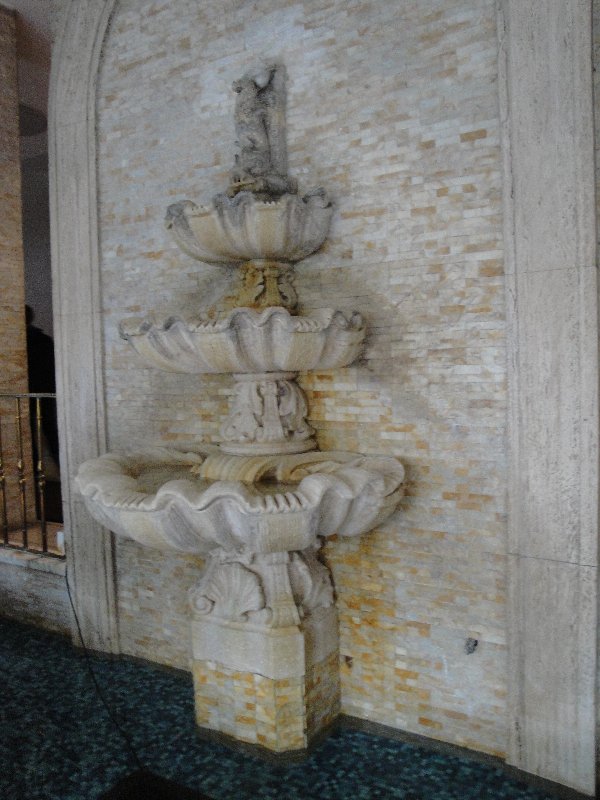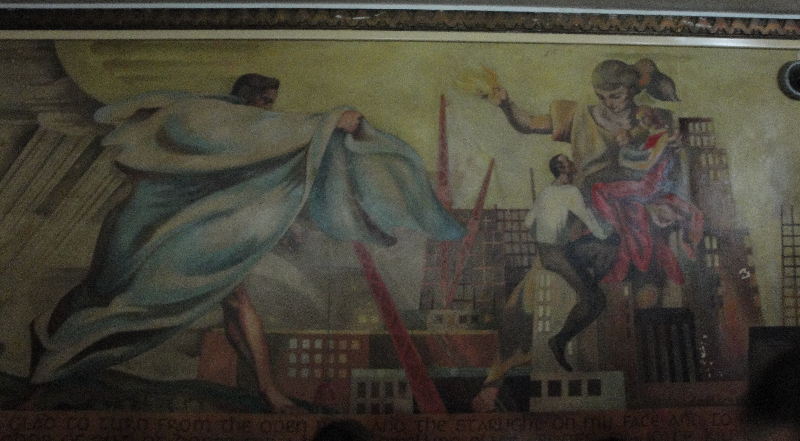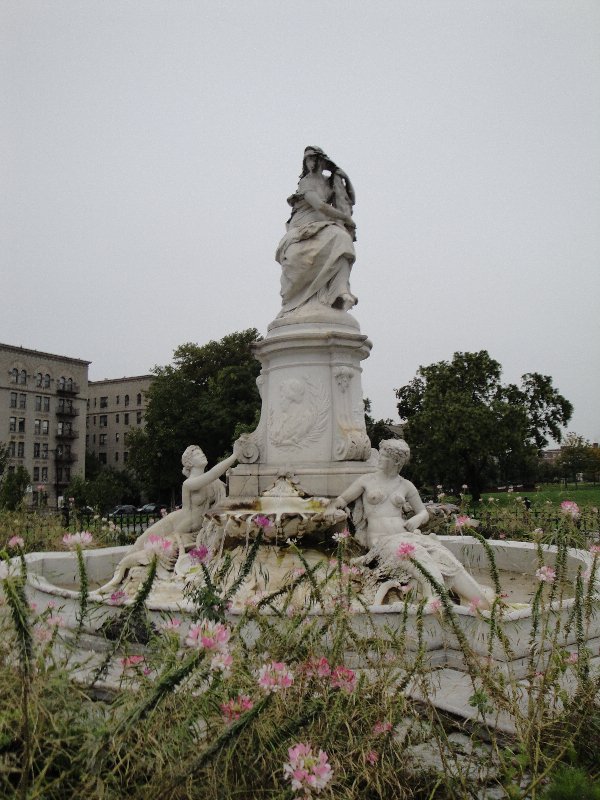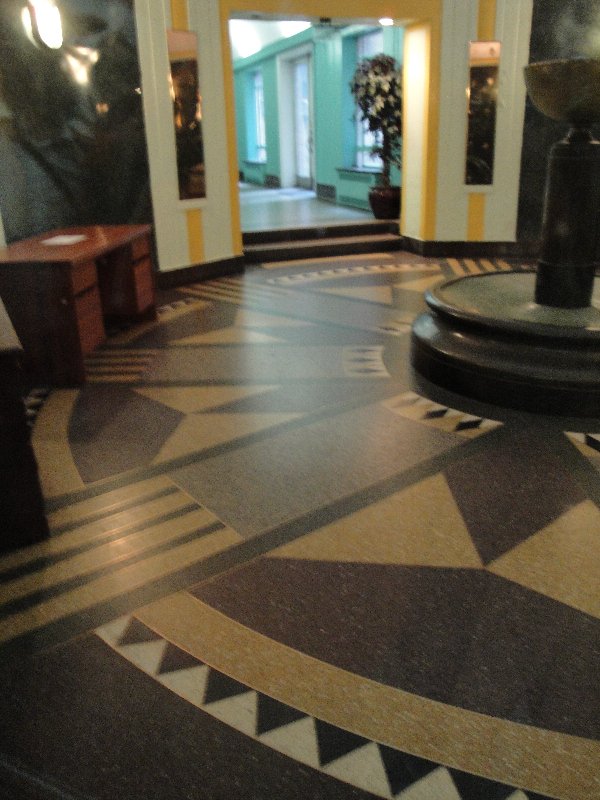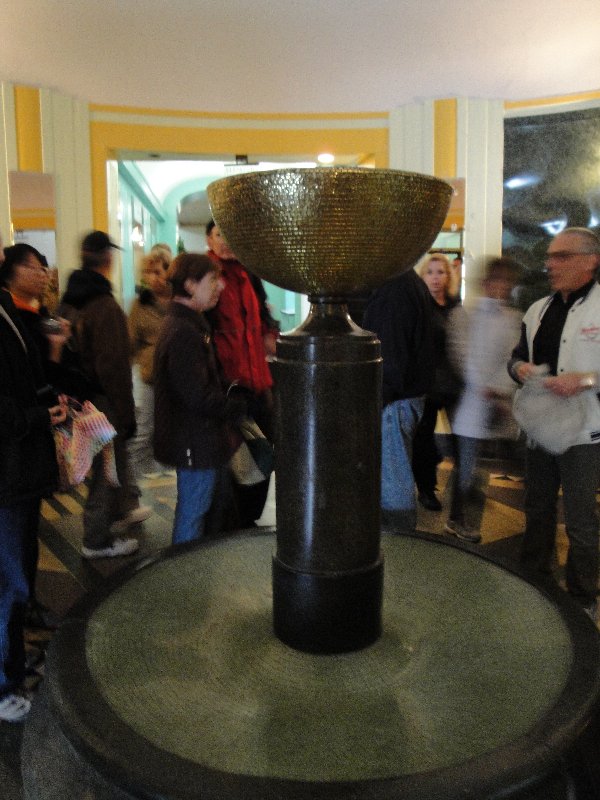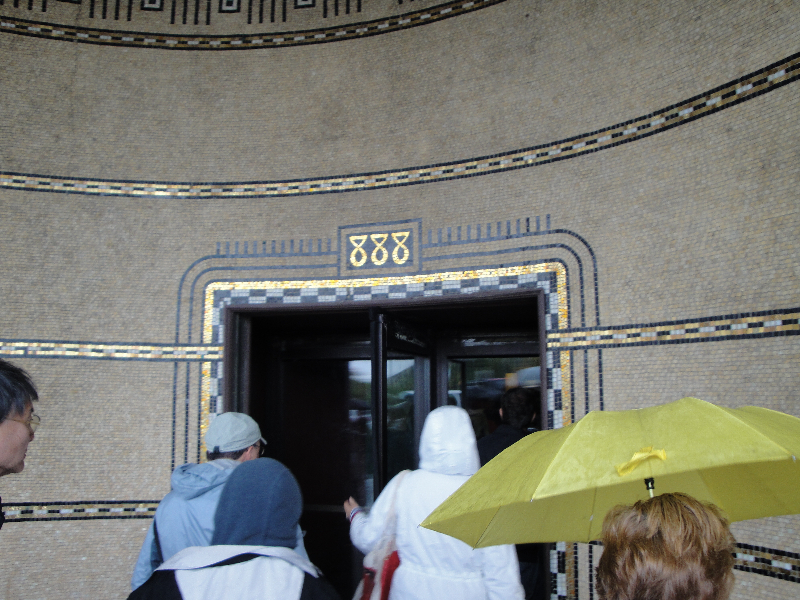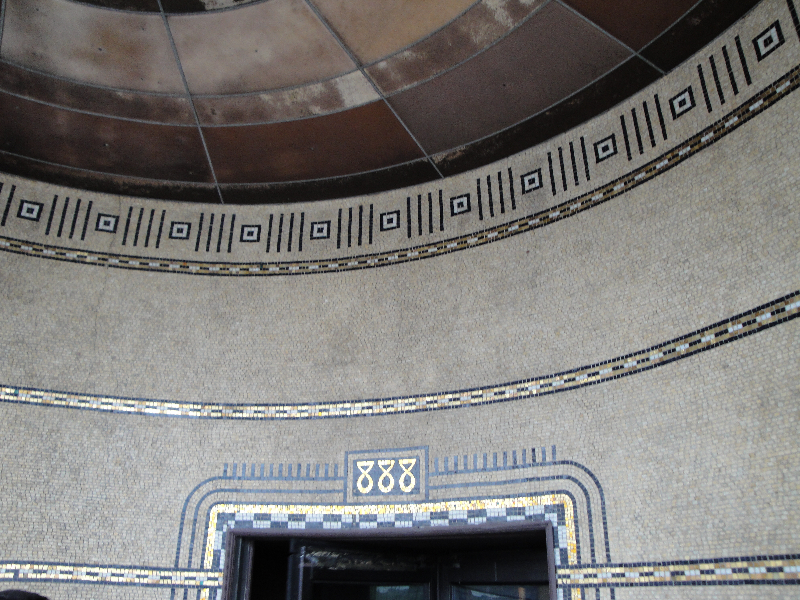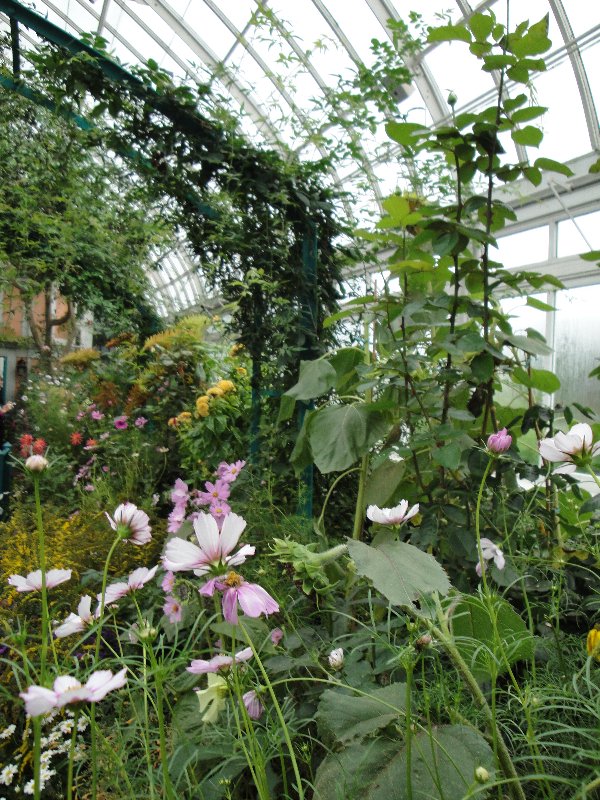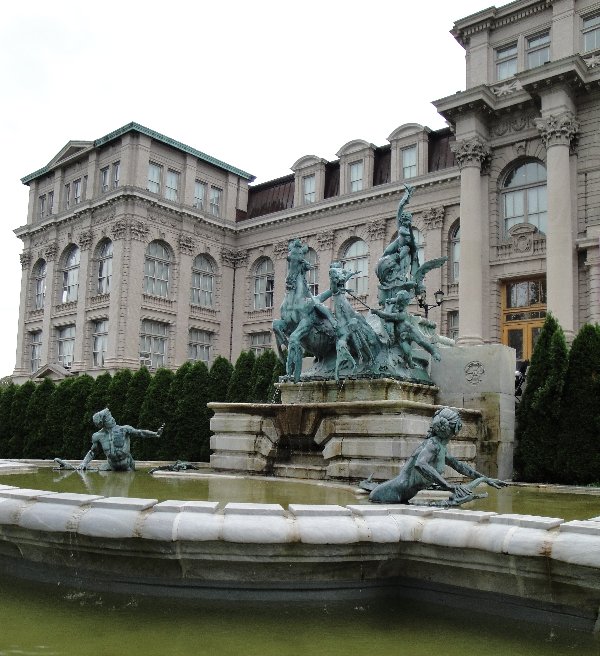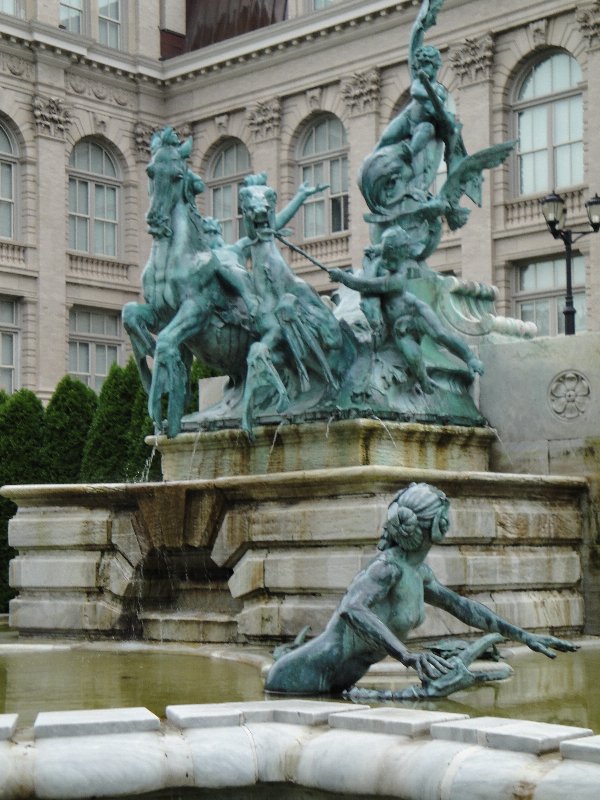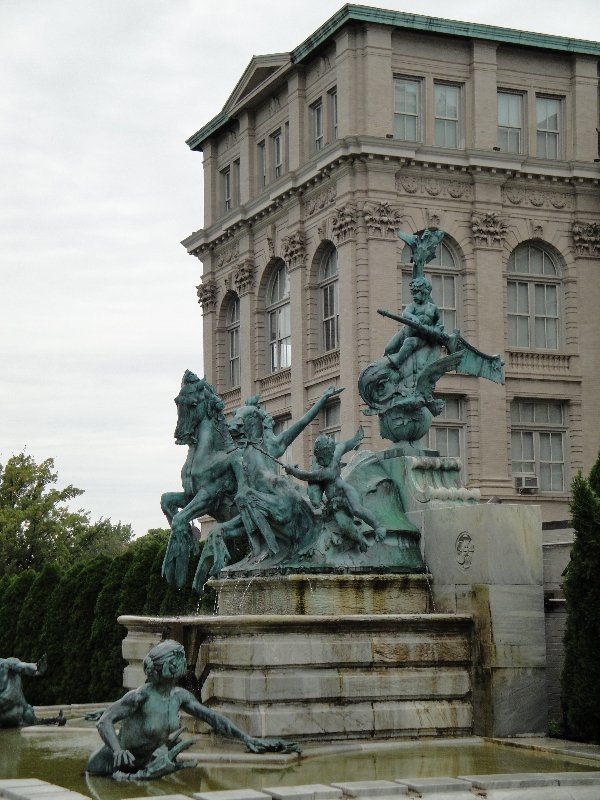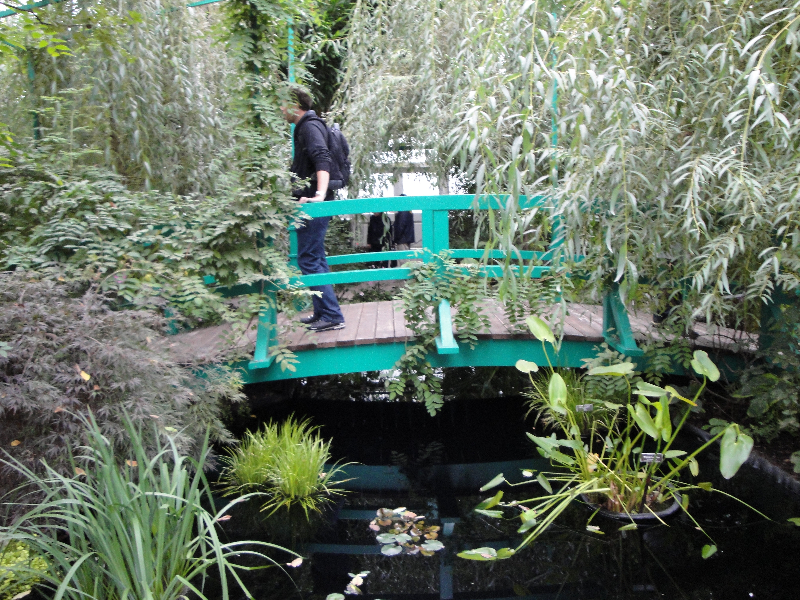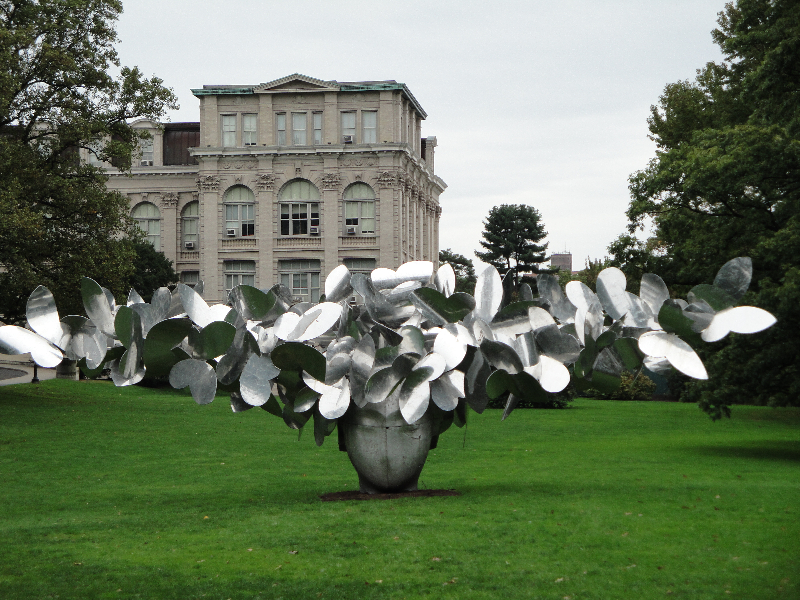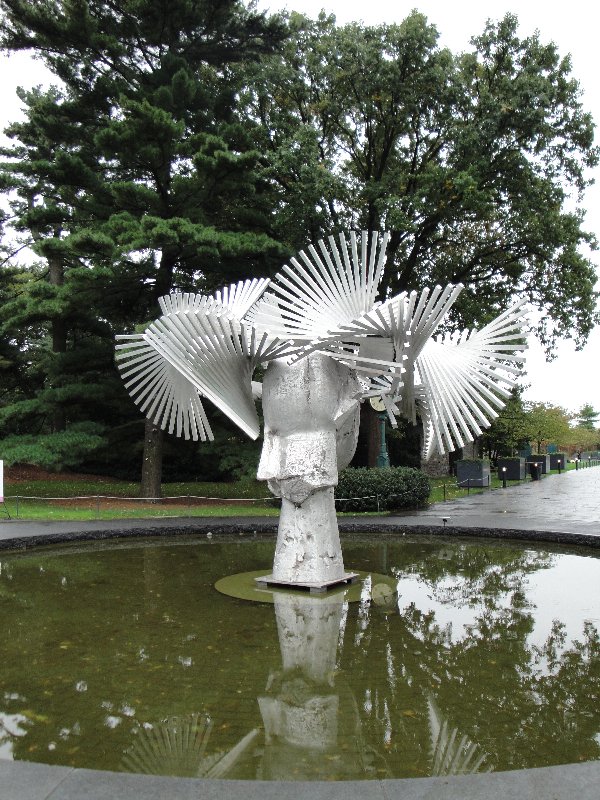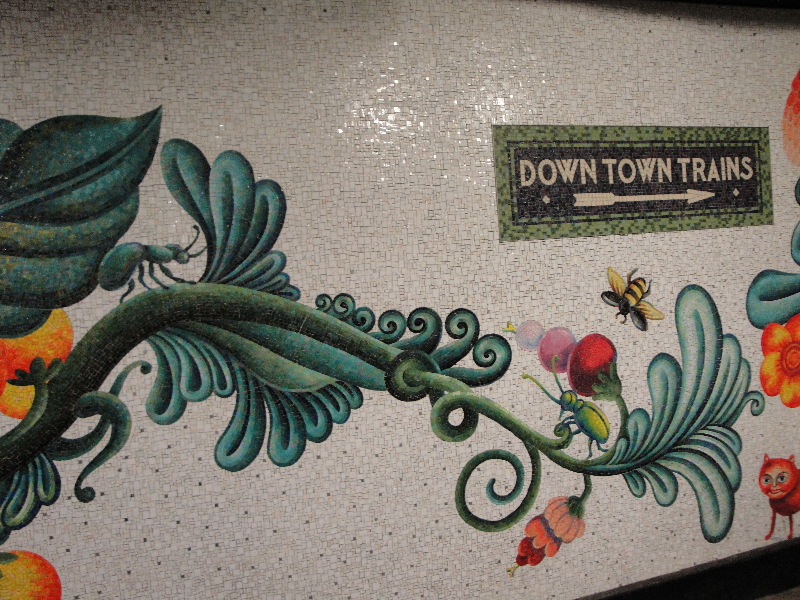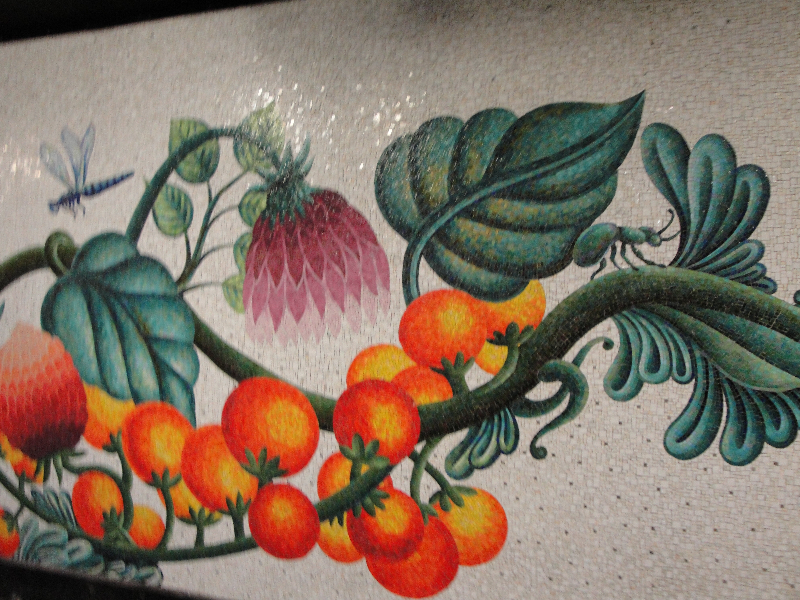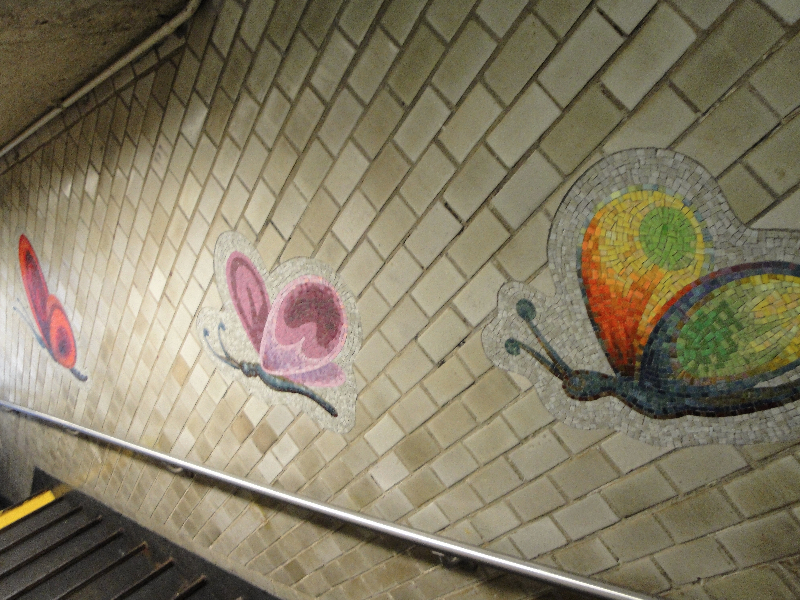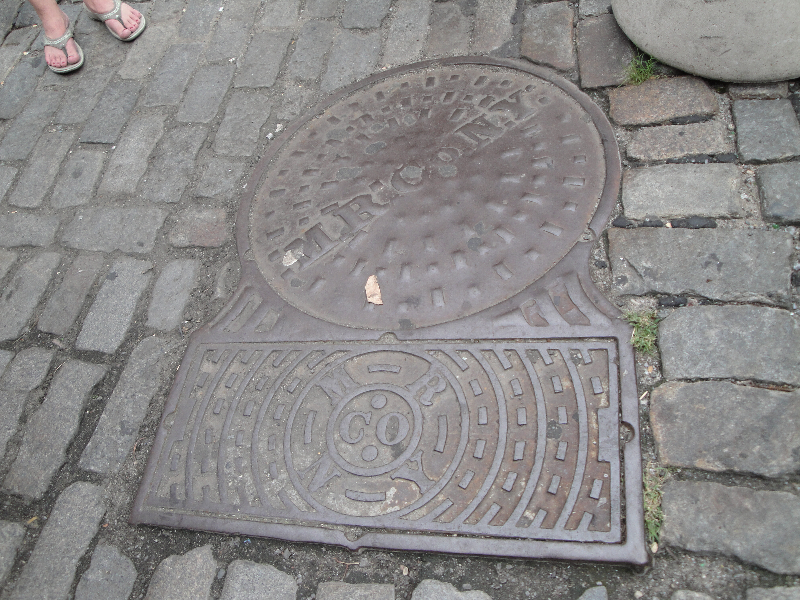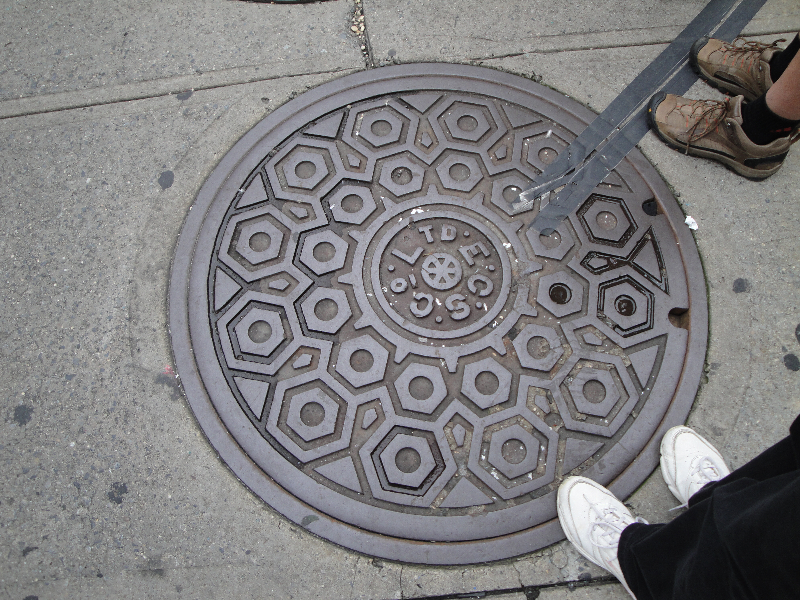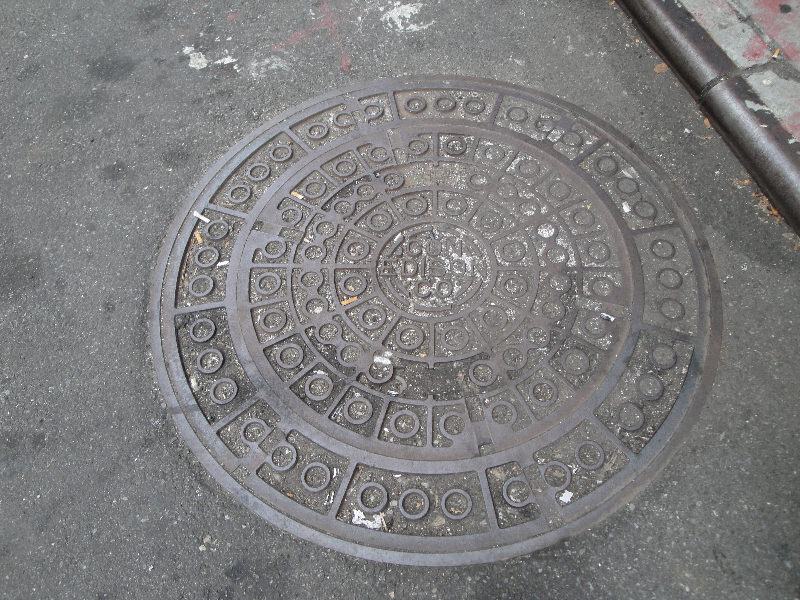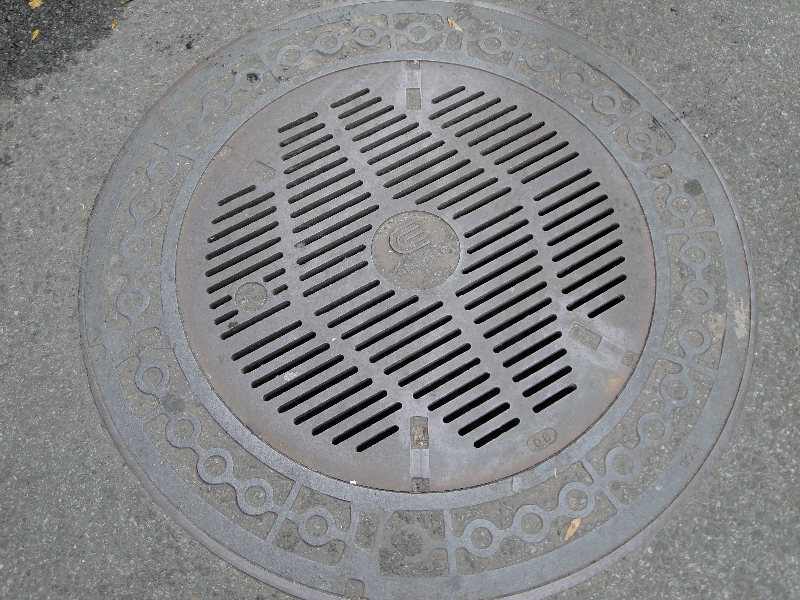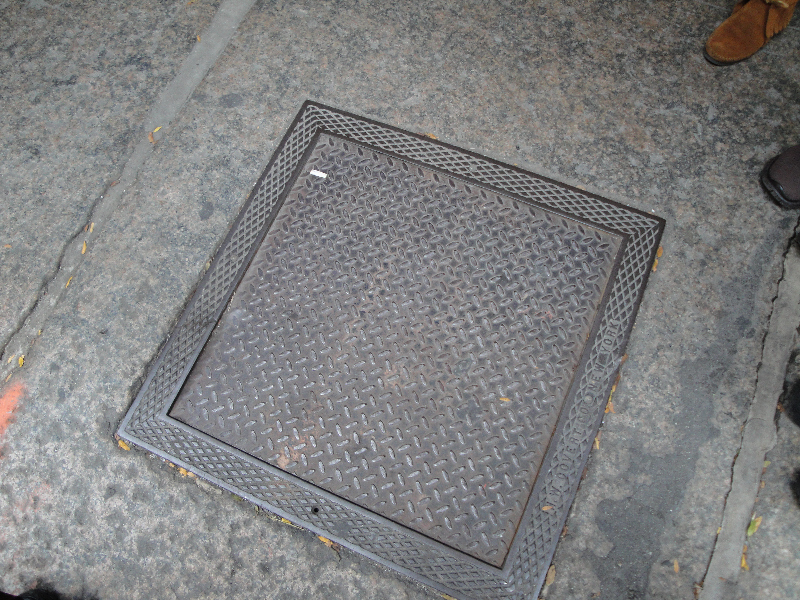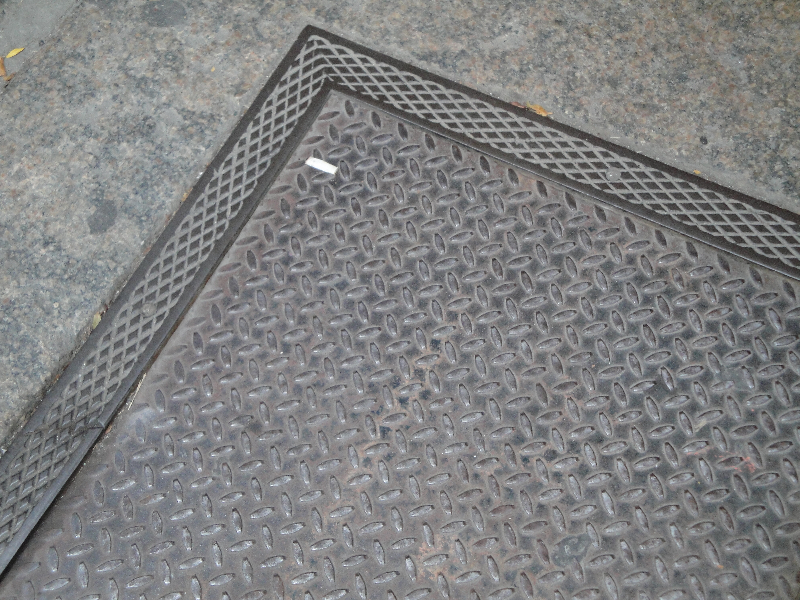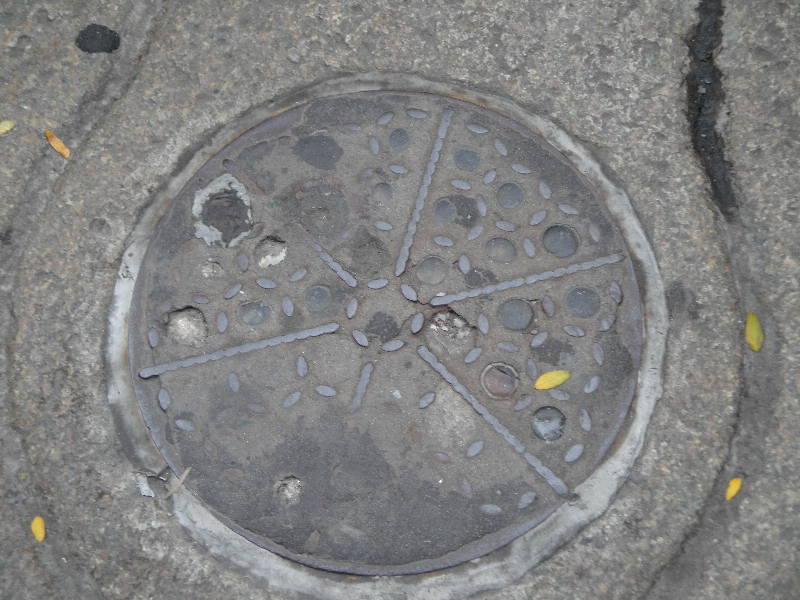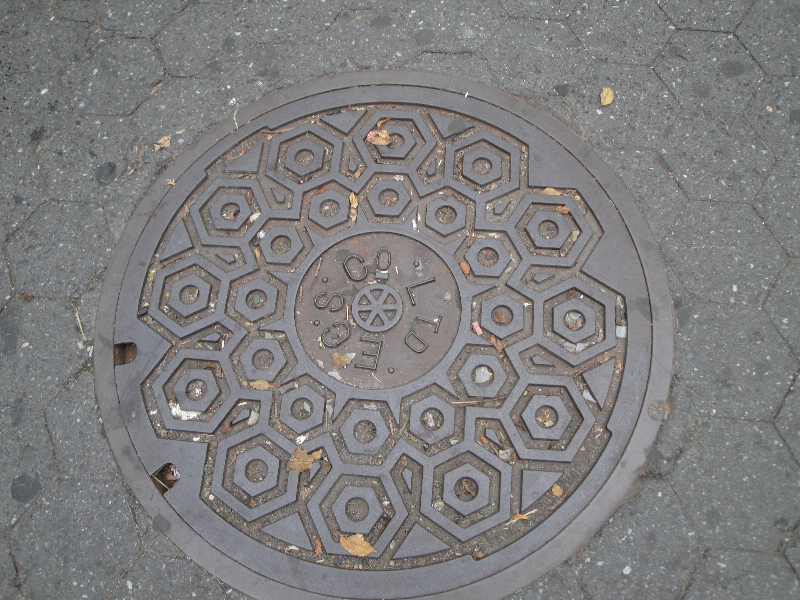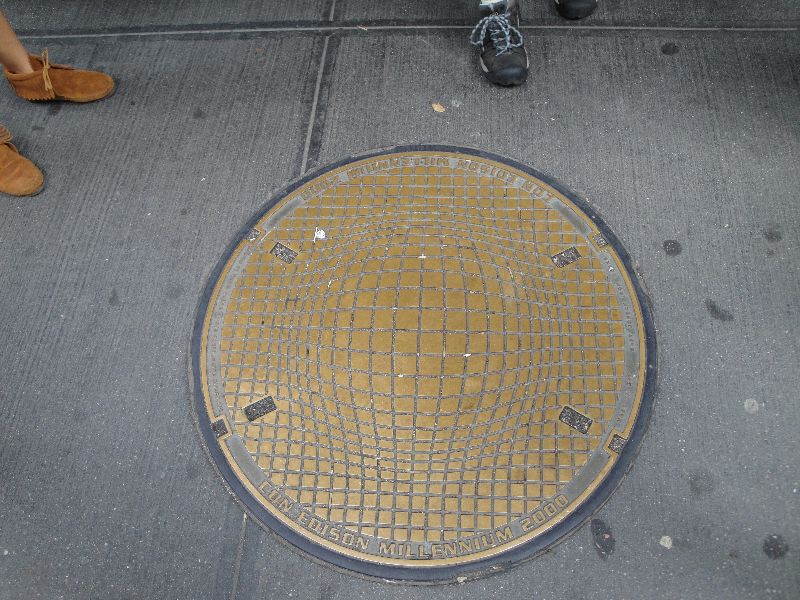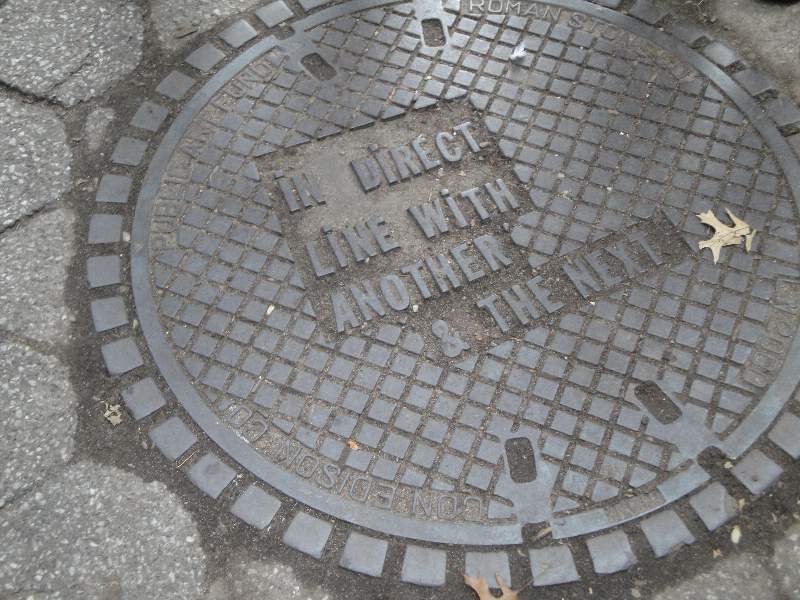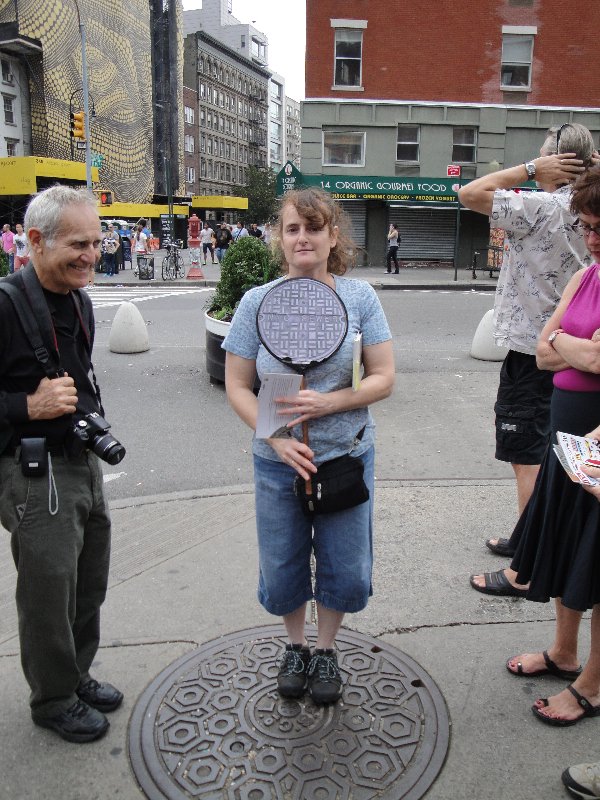 To see what the big deal is, I went on a walking tour of Rockefeller Center this morning, with architectural historian Tony Robins. He made the massive complex, that stretches from 48th to 51st Streets and the very long block from 5th Ave to 6th Ave, come together with meaning and coherence.
To see what the big deal is, I went on a walking tour of Rockefeller Center this morning, with architectural historian Tony Robins. He made the massive complex, that stretches from 48th to 51st Streets and the very long block from 5th Ave to 6th Ave, come together with meaning and coherence.
Originally John D. Rockefeller, the philanthropist son of the robber baron, invited the Metropolitan Opera to be the center of the complex, intending for profits from retail and office rentals to subsidize the Opera. But it was 1933, and the Met couldn’t pull it off. John D. was without a theme, and he wasn’t your typical real estate developer. He wanted to contribute to the world with this building complex, at the center of the city, at the center of the world. Tony described John D. like Atlas pictured above, bearing the weight of the world on his shoulders, both as a philanthropist and now, as a man with a problem.

Construction continued, as labor and steel were cheap in the Depression. You see the unimpeded, dramatic view from ground to the top of the 70 story RCA Building, now known as 30 Rock after the TV show. The whole complex is tied together aesthetically through the use of the same colored stone, vertical windows, vertical banding, all to make our spirits soar, as our eyes inevitably rise to skyward.
But each building is also different in design, even as they are aligned on an axis toward the center (today, the ice skating rink). The complex is very much like a stage set, with lead architect Raymond Hood creating the desired ‘effect’.
Since he was committed to “international understanding,” John D., in search of a theme for his complex, decided to devote the 5th Ave side of the Center to foreign affairs, now home to consulates and international airlines. Each of the four buildings that serve as the 5th Ave ‘doorway’ to Rock Center was given over design-wise to a country. Each had the opportunity to present its face to New York, to create its own image.

The British Empire Building front door has three parts. The arch at the top is a tribute to royalty with a lion, unicorn, and the Latin phrase for ‘God and my Right,’ referring to the divine right of the king. But look at the center part of the door, with these nine sculptures. Wow!
In gold, all about the wealth, eight are labelled: salt, wheat, wool, coal, cotton, tobacco, and sugar. You recognize products of the colonies. Even in 1933, England advertises itself as an Empire, symbolized by that rising sun at the bottom center.
Now compare that to the French. Also an industrial power with an empire, France instead promotes its Revolution with Liberté, Égalité, and Fraternité and the emblem of the country in Marianne, who carries the torch of liberty.
the French. Also an industrial power with an empire, France instead promotes its Revolution with Liberté, Égalité, and Fraternité and the emblem of the country in Marianne, who carries the torch of liberty.

Below her are sculptural reliefs of diplomacy, with the emblem of New York greeting Paris at lower Manhattan. Below that scene are three female nudes for Poetry, Beauty, and Elegance.
And we haven’t even entered the complex yet!
Along the sides of these two buildings are simpler over-door decorations. For France, Marianne as a rustic girl, spreading seeds shaped like fleur-de-lis, the symbol of France. And above the British doorway, Mercury, god of commerce. Those messages are consistent, loud, and clear!

Marianne spreading seeds of France

Mercury spreading British commerce
The sides of the buildings take you into the promenade called the “Channel Gardens,” like crossing the English Channel–get it? You also see the water motifs below each figure’s feet.
The promenade is sloped down to kinesthetically invite the visitor into the complex, down to the skating rink at the center. The incline device is used throughout the complex, inspired by the design of Grand Central.
By the way, the Italian and International Building entrances aren’t nearly so interesting visually. But historically, they are: the generic International Building came to pass after the newly empowered Nazis turned down the opportunity to have a dedicated German building, and the Italian 1930s fascist-driven ornamentation was replaced in the 1960s to a bland branch.
No Rock Center visit would be complete without seeing the murals in the RCA building. Done in grisaille (shades of grays), they are actually very understated. Of course the backstory is anything but. After Picasso and Matisse said no to decorating the interior, Diego Rivera said yes. As a known Communist painting for a man Rivera believed symbolized capitalism, ya might think something would be up. But no. He goes right ahead and starts work. Rivera paints the mural of the working man, then the mural of the upper class drinkers, before doing an enormous portrait of Lenin. Oops.
Down come the murals.
John D., who was also involved with MoMA, just a couple of blocks away, said the murals would be moved to the museum. But for whatever reason, ha, they were destroyed in the process. Rivera was paid $21,000 and went home to Mexico, where he promptly recreated the murals as paintings on canvas. The upper class drinkers now included a portrait of John D, a known teatotaler. So there! Hope you had a chance to see the paintings at the recent MoMA show of Rivera works.
 Of the current murals by Jose Marillo Sert, I especially love those on the ceiling. Look at this gargantuan figure, one of the workers raising the city of the sky, with airplanes up above instead of angels. The illusionism is awesome. We don’t get to see much ceiling painting in the U.S., and this is di sotto in su (looking up from below) at its best.
Of the current murals by Jose Marillo Sert, I especially love those on the ceiling. Look at this gargantuan figure, one of the workers raising the city of the sky, with airplanes up above instead of angels. The illusionism is awesome. We don’t get to see much ceiling painting in the U.S., and this is di sotto in su (looking up from below) at its best.

Then there’s the mural as you exit the RCA building onto 6th Ave. Its lengthy narrative wraps around a very large space, encompassing John D.’s themes about the progress of man. At the center is Thought, with the Written Word on one side and the Spoken Word on the other. Wonderful!
We ended with a peek at Radio City Music Hall, which replaced the Met Opera as the artistic group housed at the complex. But instead of being at the center, as was intended for the Met, Radio City is on the outskirts on 6th Ave. Of course, the Rockettes were named for Rockefeller Center, but did you know they originally were going to be named the Roxyettes?
Look above the tacky neon on the side of the building to see the medallions of the arts.


Music
Comedy and Tragedy masks
Rockefeller Center brings together the beauty and elegance of the symmetry–an axial design of many buildings radiating out from the center–and asymmetry–the uniqueness of architectural design, ornamentation, and theme. It was built at a time of hope, despite the Depression and the impending war. It was filled with meaning and values that celebrated possibility.
While the throngs were there to see a tree with lights, I left satisfied from this saturation of Beauty and Purpose. As I walked the 46 blocks home on this beautiful, cold New York day, I, too, could look past the difficulties of our daily life to hope for a better future in 2013.
 When the wealthy merchant family moved here, architectural styles were shifting from Federal to Greek Revival, as you can see in the front doorway. You have the lovely fanlight above the door–Federal–and the Ionic style columns of the Greek Revival. The house has the verticality of the Federal style with the balance and symmetry of Greek Revival, notable in the double parlors. Check out the gasolier lighting and the beautiful plaster work, mirrored in each the parlor.
When the wealthy merchant family moved here, architectural styles were shifting from Federal to Greek Revival, as you can see in the front doorway. You have the lovely fanlight above the door–Federal–and the Ionic style columns of the Greek Revival. The house has the verticality of the Federal style with the balance and symmetry of Greek Revival, notable in the double parlors. Check out the gasolier lighting and the beautiful plaster work, mirrored in each the parlor.Then we moved a few blocks south to the New Museum, where we didn’t have the benefit of a tour with Penny, but I benefited from Carolyn’s sharp eye and good taste.




















